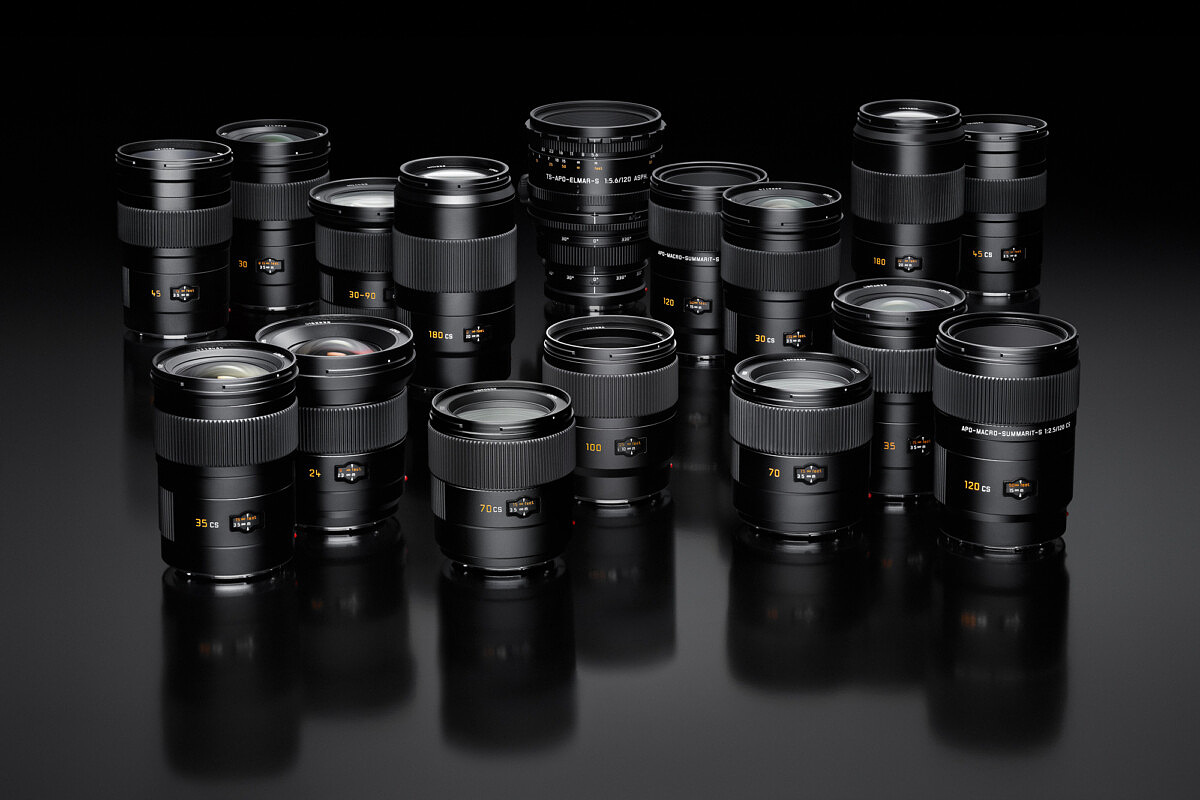
By David Farkas, LeicaStore Miami
With the recently
introduced Leica S3 now finding its way into the market, many photographers are
taking a fresh look at the S-System. And while much of the attention is focused
on the fourth-generation medium format DSLR and its brand-new 64-megapixel
sensor with 15-stops of dynamic range, some may not be familiar with the range
of lens options for the camera.
Given the maturity of the
Leica S-System, the S3 has the advantage of launching with a full lens
ecosystem. There are nine native autofocus lenses, broken down into eight
primes and one zoom. Also in the range is a manual focus 120mm tilt-shift for
tabletop photography, but I’ll be covering the more general use autofocus
lenses in this article. When the first-generation S2 camera debuted in 2008, it
did so alongside two initial lenses, the 70mm and 180mm. Shortly after, a 35mm
and 120mm joined the ranks, forming the core optics of the system. Then, over
the coming years, further designs filled in the gaps.
I’ve been shooting with
the S-System since it launched and have had the pleasure of using the entire
range of S glass extensively for my photography. Indeed, the S2, S (Typ 006)
and S (Typ 007) became the workhorses for the majority of my landscape
endeavours over the last decade. And no matter the conditions or how much abuse
I’ve put them through, the cameras and lenses have always delivered.
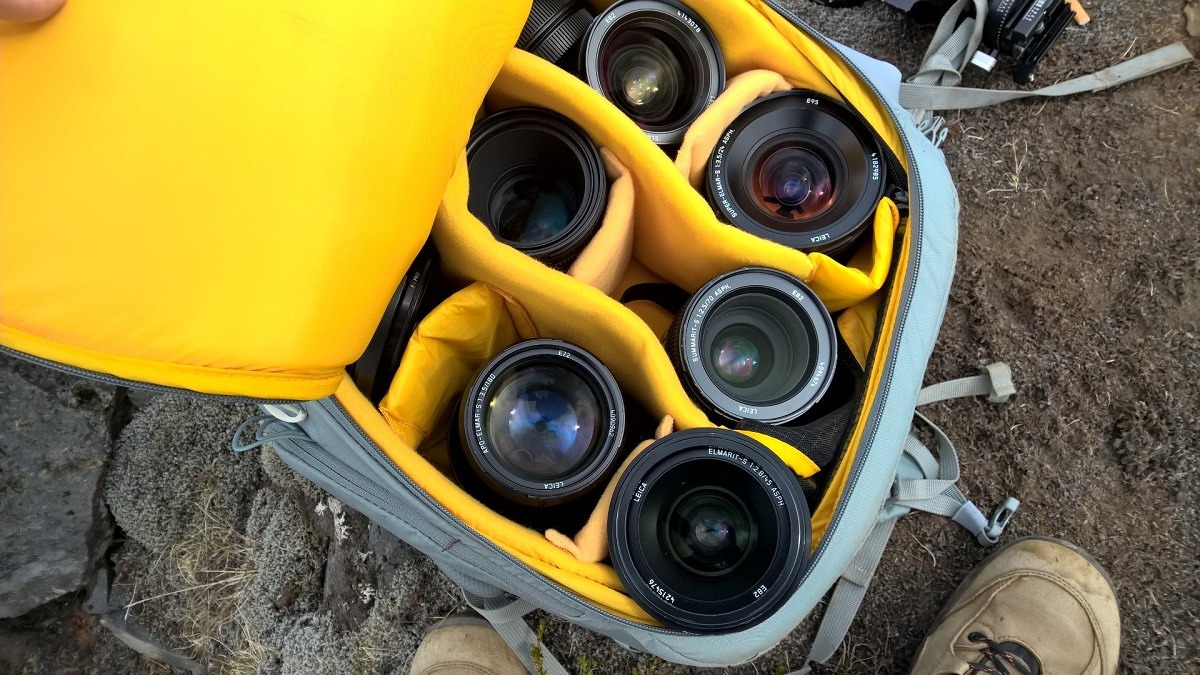
Understanding the 0.8x
crop factor and why it matters
Because the S Pro Format’s
30x45mm sensor size is roughly 60% larger than a full frame 24x36mm sensor, we
must employ a crop factor when calculating equivalent focal lengths. But,
unlike APS-C or Micro Four Thirds, the factor isn’t additive where equivalent
focal length increases. Rather, the lens factor here is 0.8x, meaning we’ll end
up with smaller numbers, or wider equivalent focal lengths, than what we start
with. The math is simple. Just multiply the S focal length times the factor and
you’ve got your FF equivalent. For example:
30mm X 0.8 = 24mm
But this is somewhat of an
oversimplification, and glosses over one of the biggest advantages of larger
format sensors. Essentially, we’re getting less distortion with a wider field
of view. Let me explain.
Equivalent Focal Length
Focal length is focal
length, regardless of crop factor. So, a 24mm is a 24mm, no matter what. Give
that a second to sink in. Alright, but didn’t I just say that we had to use a
crop factor? Yes, but that’s simply to arrive at equivalent focal length, which
relates to field of view (FOV). The measured focal length never changes. Let’s
dive a little deeper with a couple examples.
On a Leica S, a 24mm has
the equivalent field of view of a 19mm but retains the distortion and optical
characteristics of a 24mm. Because it is a 24mm, not a 19mm. So, in the image
below, I didn’t have to worry as much about keystone distortion when tilting my
lens up to compose the waterfall and double rainbow. The resulting image is
expansive but not warped.
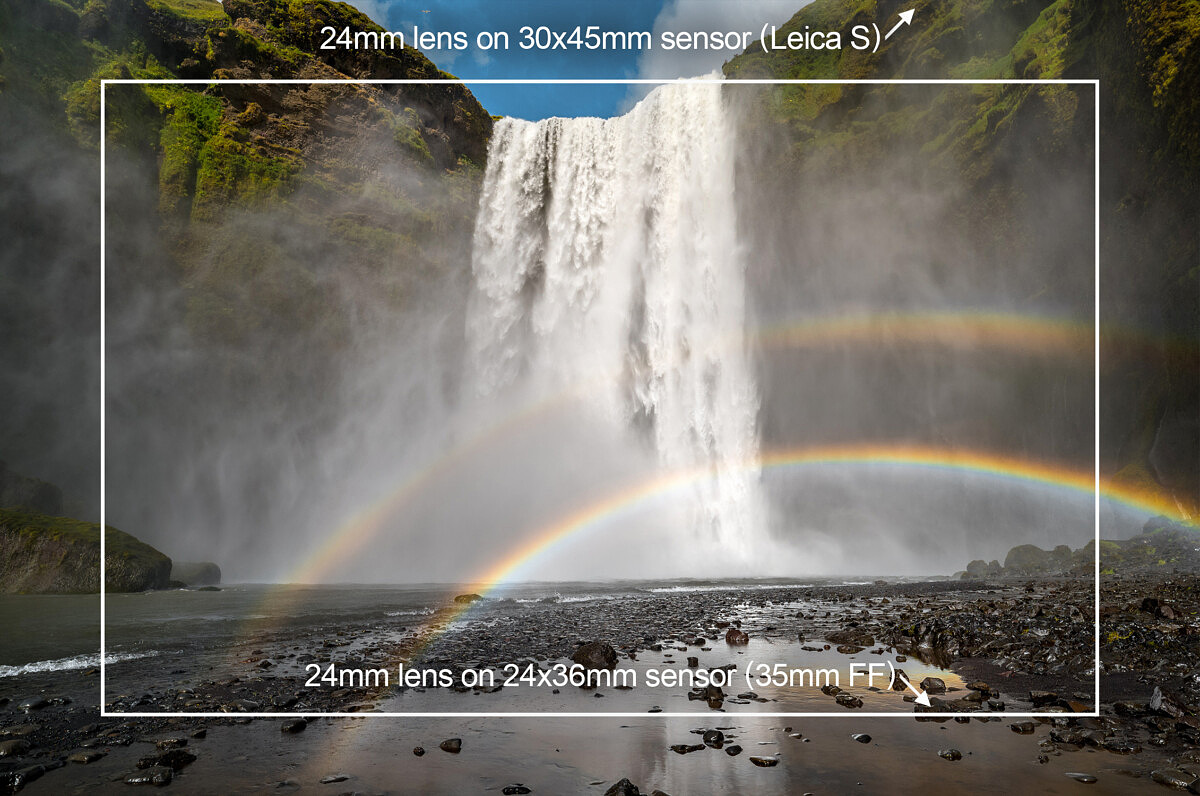
The same goes for longer
lenses. The 45mm has a very natural look since it behaves like a standard 50mm
while offering the more capacious view of a 35mm equivalent. Here’s an
environmental portrait I shot of an innkeeper in Iceland. Even though I’m
physically close to the subject with a 35mm equivalent lens and positioning him
away from the center of the frame, there is no distortion. And at the same
time, I’m able to capture more of the surroundings to set the scene.
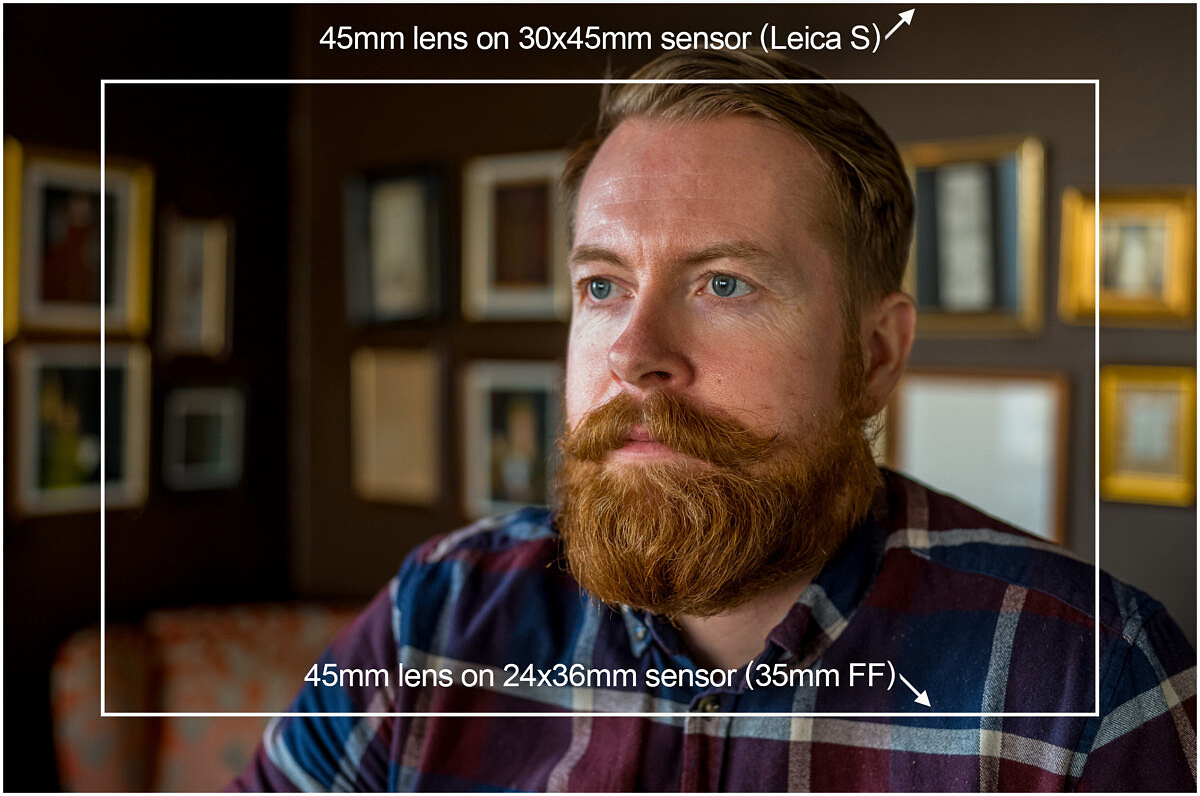
For even longer lenses
like the 120mm, you get the pleasing compression of the 120mm but a more
flexible working range of a 90mm due to a wider FOV. Hopefully this is making
sense. But there’s more than just equivalent Field of View.
Equivalent Aperture
Like focal length and
field of view, aperture requires a bit of a conversion as well. Luckily, the
math is equally straightforward. We can apply the same crop factor of 0.8x, but
this time to the aperture value to get an idea of how an S lens will behave
relative to a full frame optic.
f/2.8 x 0.8x = f/2.2
But, things are just a tad
bit more complicated here. Given our equation, an f/2.8 lens on the larger
sensor S camera behaves like a faster f/2.2 lens on full frame, right? Well,
not really. See, the catch is that this only relates to depth of field (DOF), not
to exposure.
Aperture impacts two
important aspects of photography. The first, which coincides with our crop
factor, is depth of field. A smaller number indicates a wider opening, which
results in less DOF and smoother bokeh. Here’s an extreme example. Both images
were shot with the Summicron-S 100mm. The image on the left was taken stopped
down at f/11, while the image on the right was wide-open at f//2.


The second impact of
aperture is for determining exposure, and is one of the three pillars of exposure
theory. The physical aperture in the lens, also known as the entrance pupil,
allows varying amounts of light to pass through the lens to the sensor. Wider
apertures mean more light, which in turn has a direct relationship to shutter
speed and ISO sensitivity, the other two critical variables for exposure.
Now, in this case, just as
focal length remains an unchanging measurement, an aperture of f/2.8 is an
aperture of f/2.8 regardless of format, at least with regards to exposure. So,
even though our f/2.8 lens might have the equivalent depth of field to an
f/2.2, it is still an f/2.8 for light transmission and exposure purposes. Yes,
the volume of total light passing through the lens is greater, but that is a
different discussion.
Optical Excellence
S lenses don’t need
software correction. In the EVF of a live view camera, lens corrections are
performed in real time. But, when you gaze through the large, clear optical
finder of the S3, what you see is what you get. That perfect, bright
edge-to-edge view with no vignetting? That’s not software engineering, that’s
simply outstanding optics.
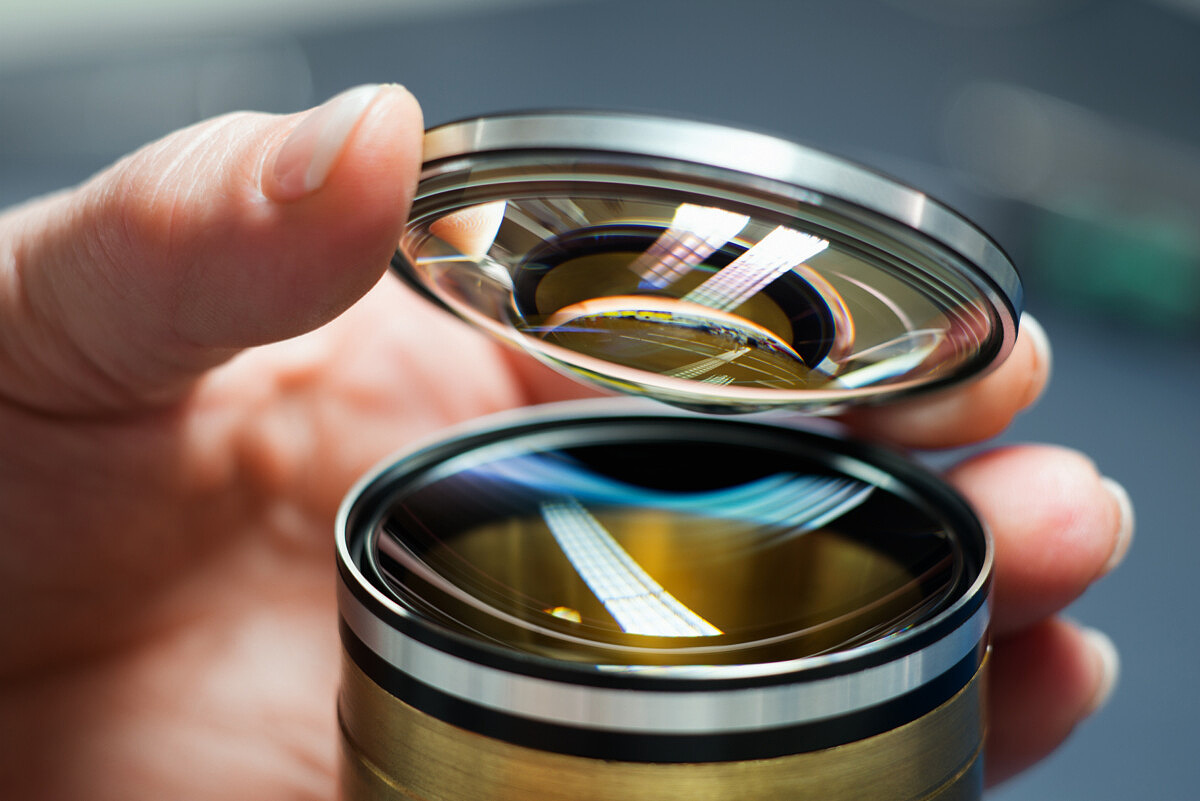
All lenses are exceedingly
sharp and offer outstanding color and contrast. Floating lens elements are
utilized for optimizing performance across the entire focus range. Exotic glass
types and aspheres are employed to provide corrections, minimizing or eliminating
all aberrations, distortion and fall-off. And the resulting images are anything
but clinical. Rather, they produce some of the most natural and realistic
rendering of any Leica glass.

Leica S (Typ 007) with
120mm APO-Macro-Summarit-S ASPH
There are no weak
performers in the range. Each lens shines in its own right and has its own
characteristic feel. For instance, the 70mm is loosely based on the 50mm
Summilux-M ASPH and shares many of its pleasing attributes, like forgiving skin
tones and buttery smooth bokeh. The 100mm tends to remind me of a 75mm
Noctilux-M with its ridiculously shallow plane of focus and lovely fall off.
And the ultra-wide 24mm evokes the feel of the best M wides with tack-sharp
precision, flat field reproduction and punchy color.
Weather Sealing
Being designed from the
ground up, the S-System and all its native AF lenses are completely weather and
dust sealed with numerous rubber gaskets inside and out. Front and rear
elements are coated in Aqua Dura©, a hydrophobic treatment which repels water
and promotes beading, making for easy cleaning. I’ve personally shot for hours
in pouring rain, snow and hail, as well as standing under my fair share of
waterfalls. Never has the S failed me. The system is rock solid and built for
the great outdoors.
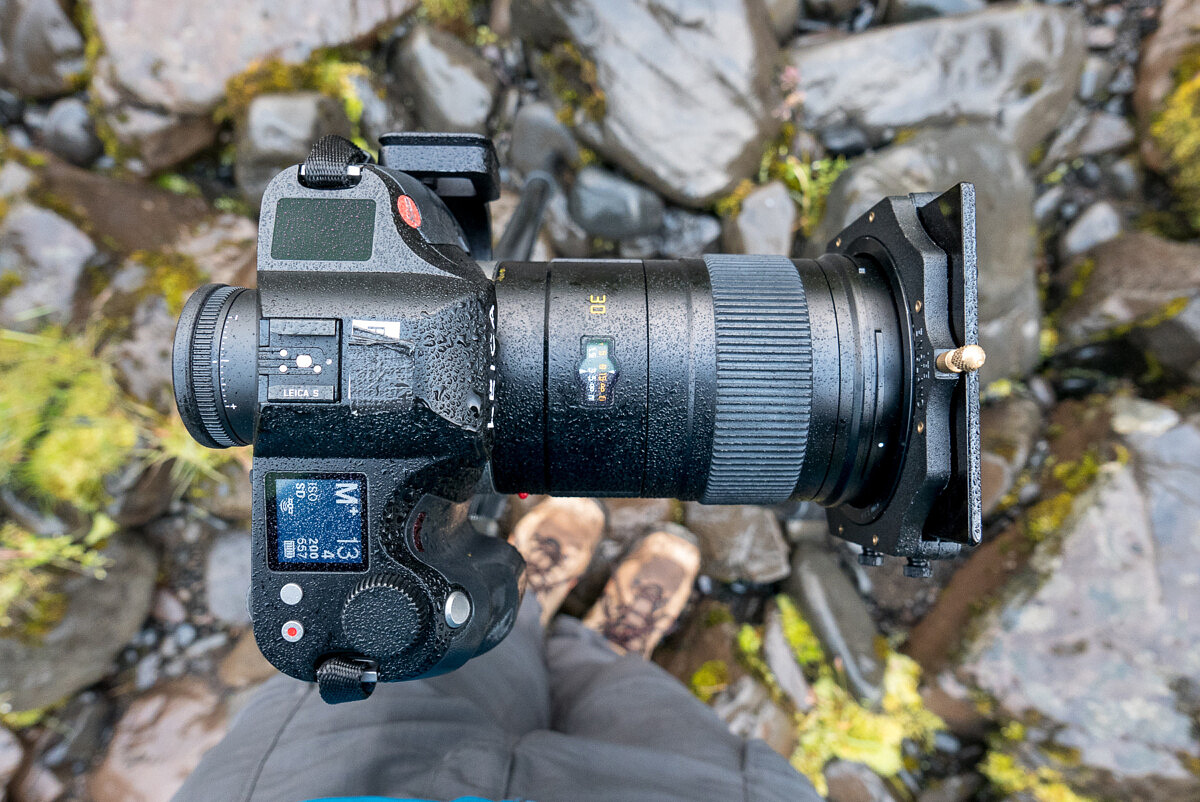
S-System Lens Options
Let’s take a look at the
entire range one-by-one. I’ve thrown in a small selection of sample images for
each lens. You might also notice that I managed to represent all four
generations of Leica S cameras. And if you’re looking for quick reference chart
with equivalent focal lengths, apertures and filter sizes, I’ve got you covered
with one at the end of the article.
Super-Elmar-S 24mm f/3.5
ASPH
Equivalent to a 19mm f/2.8
super wide
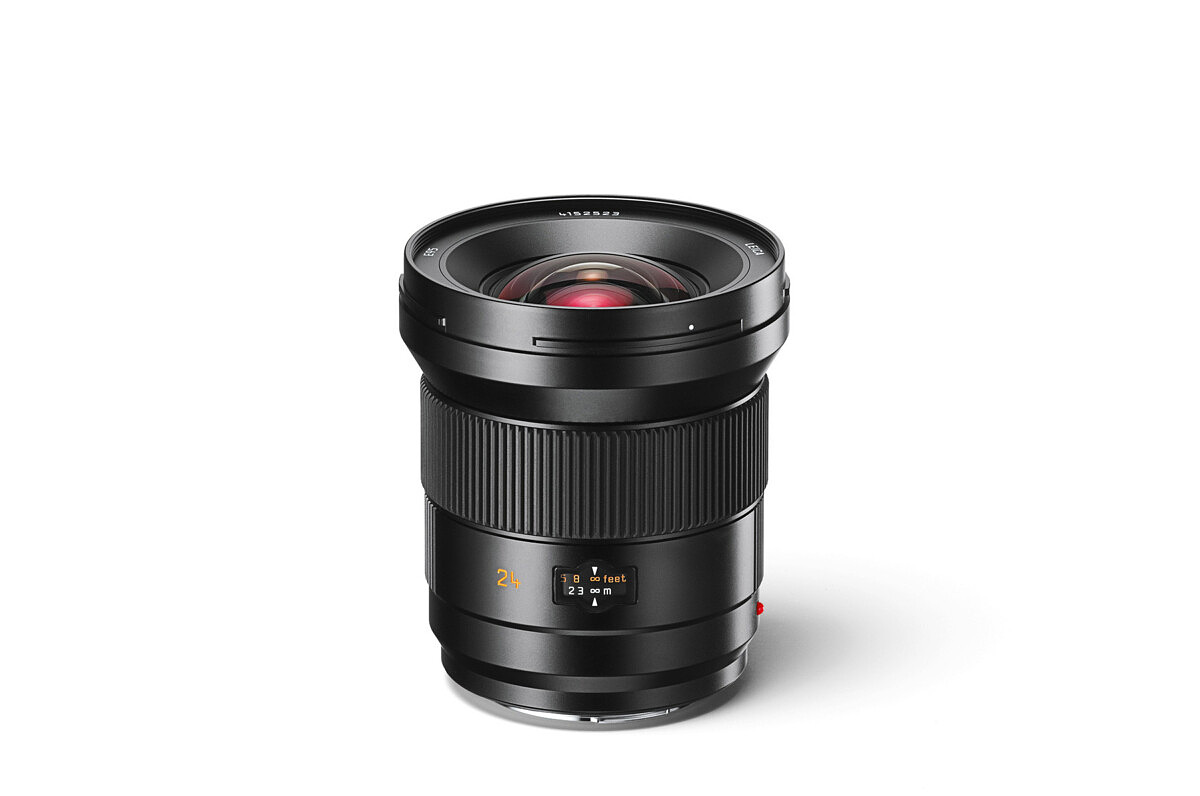
The 24mm Super-Elmar is an
absolute champ for wide angle landscape photography. Paired with the live DOF
readout on the top display of the S007 and S3, I can set my aperture to f/11
and dial in a perfect hyperfocal distance in seconds. Everything from 2.5m to
infinity is tack sharp for every single shot, freeing me to concentrate on
composition, framing and exposure. The 24mm is also my go-to for northern
lights photography and architectural interiors.
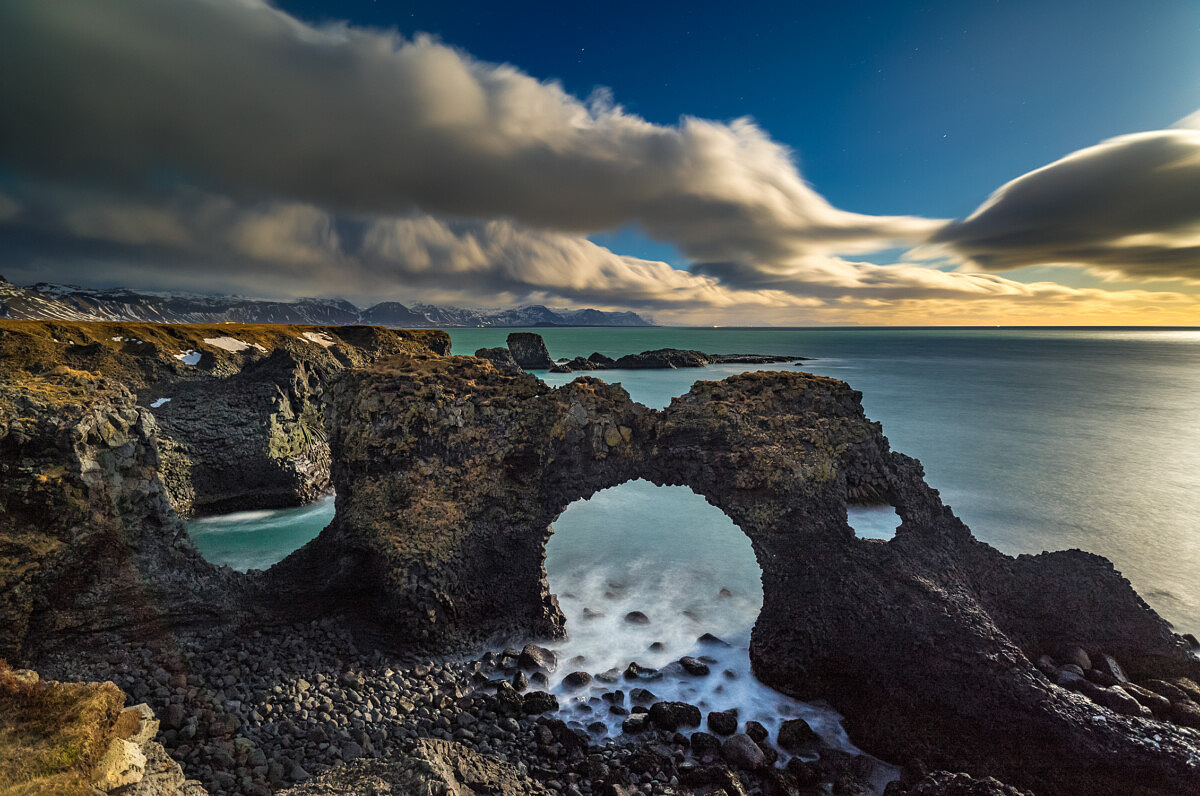
Leica S (Typ 007) with
Super-Elmar-S 24mm f/3.5 ASPH\
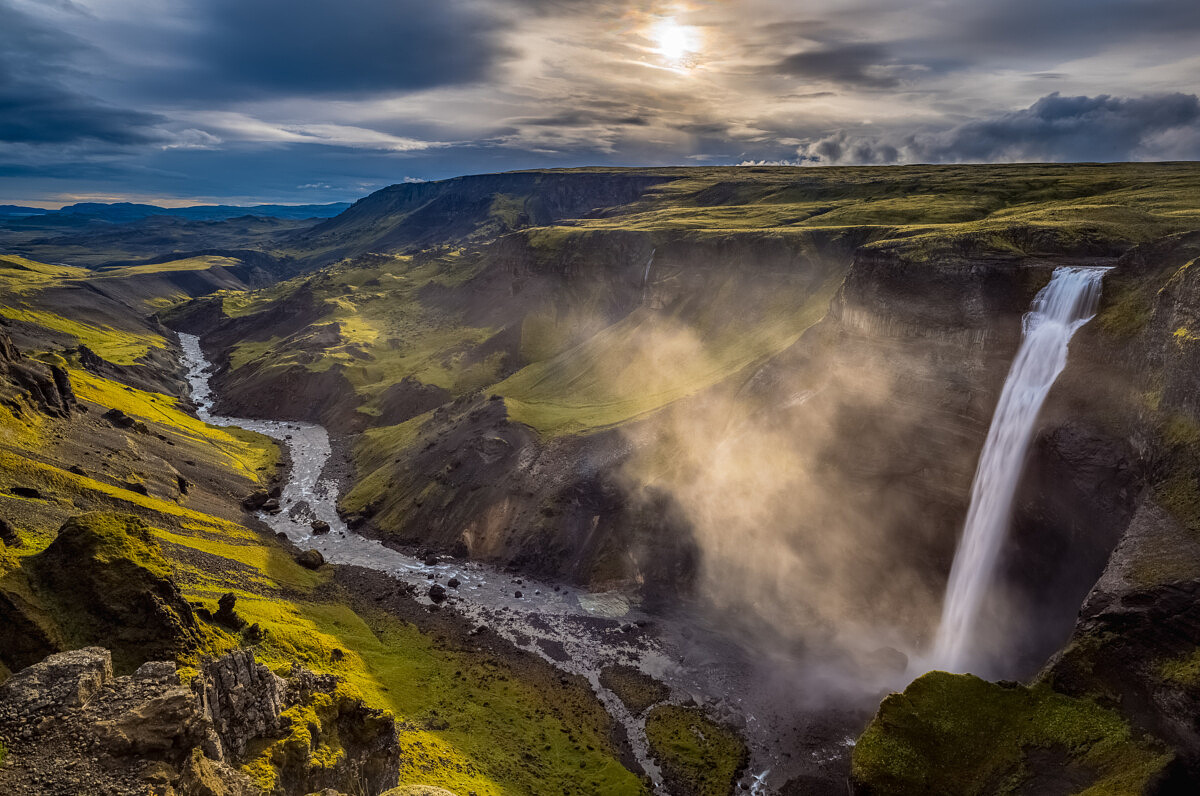
Leica S (Typ 007) with
Super-Elmar-S 24mm f/3.5 ASPH

Leica S (Typ 007) with
Super-Elmar-S 24mm f/3.5 ASPH
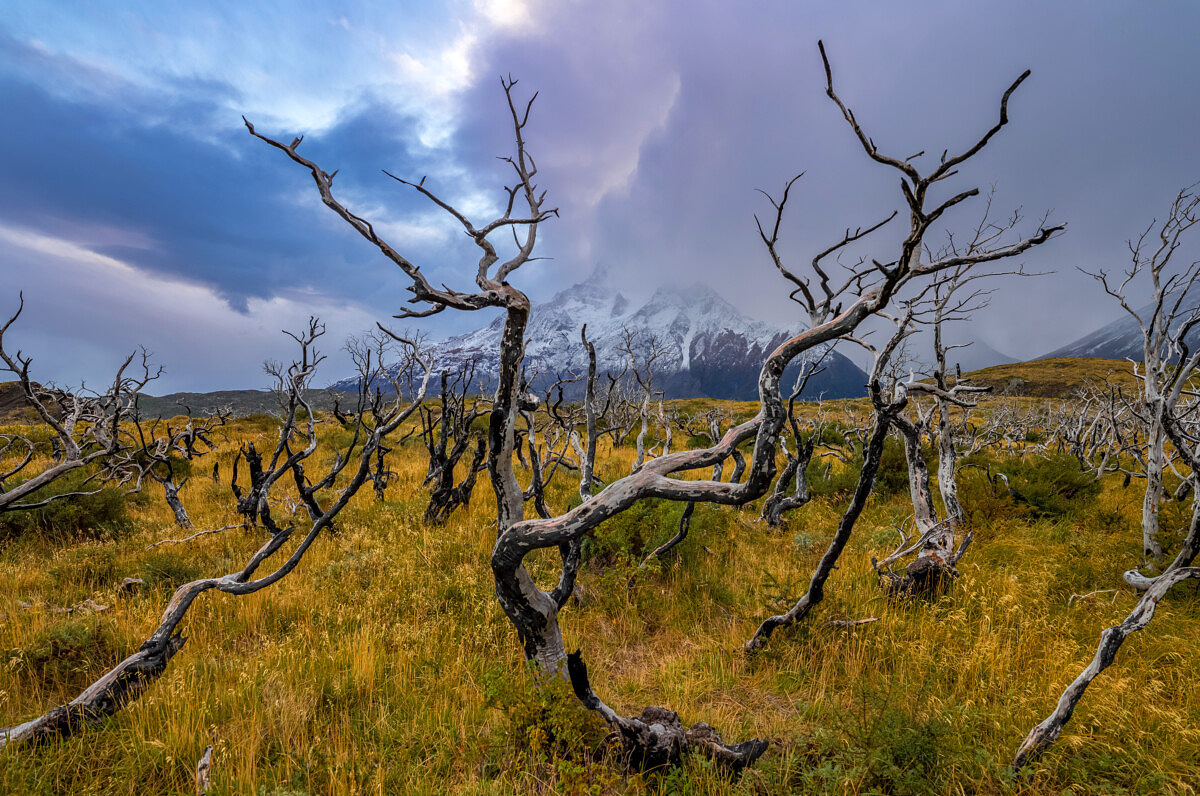
Leica S3 with
Super-Elmar-S 24mm f/3.5 ASPH
Don’t let the maximum
aperture of f/3.5 put you off. Given the massive 95mm filter size, imagine how
much larger and heavier a faster lens with the same performance would have
been. A mere half stop off f/2.8 is a small sacrifice for everything else the lens
does well.
Elmarit-S 30mm f/2.8 ASPH
Equivalent to a 24mm f/2.2
wide angle
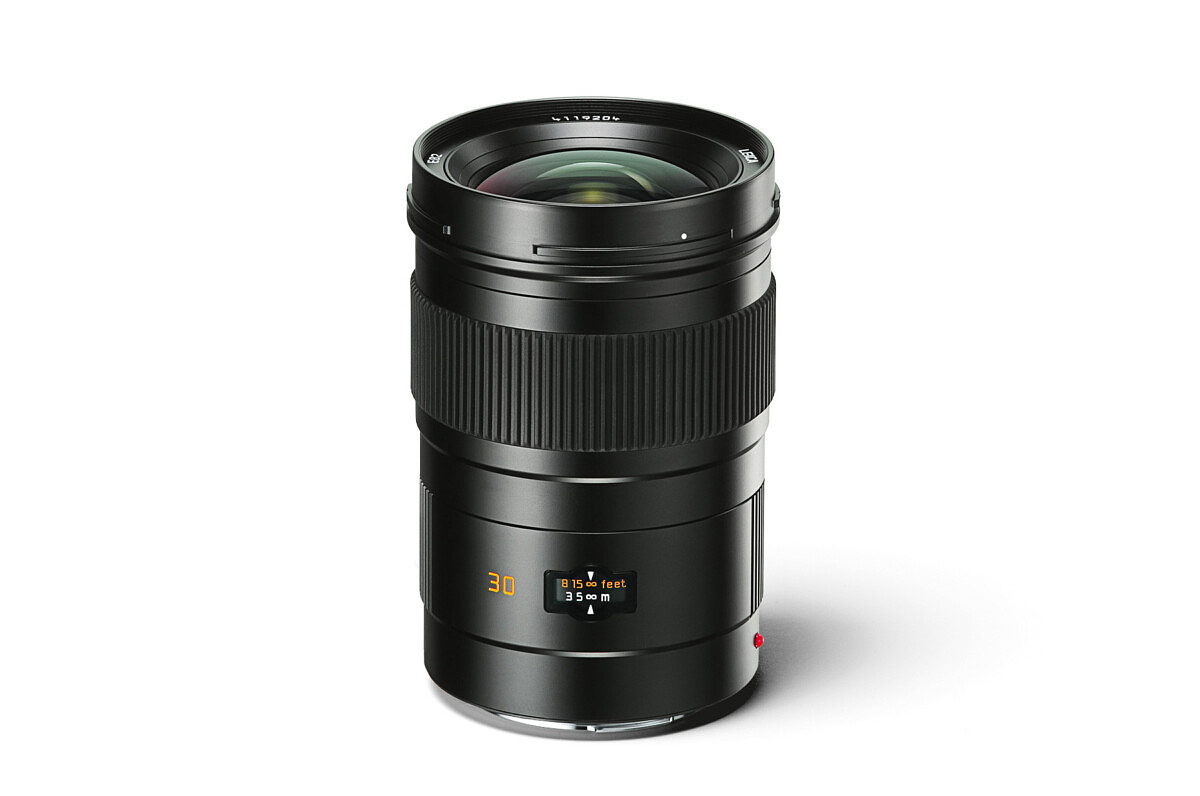
Sharing almost the same
design as the slightly longer 35mm, the 24mm equivalent field of view makes the
30mm Elmarit a winner for landscape, reportage and travel shooting. A bit
easier to manage for general photography than a true ultra-wide, 24mm is always
a useful focal length that I also use frequently in both the M and SL. If the
19mm equivalent field of view of the 24mm Super-Elmar-S is too unwieldy for
you, the 30mm Elmarit-S should be just right. This lens is sharp,
distortion-free and offers wonderful color.
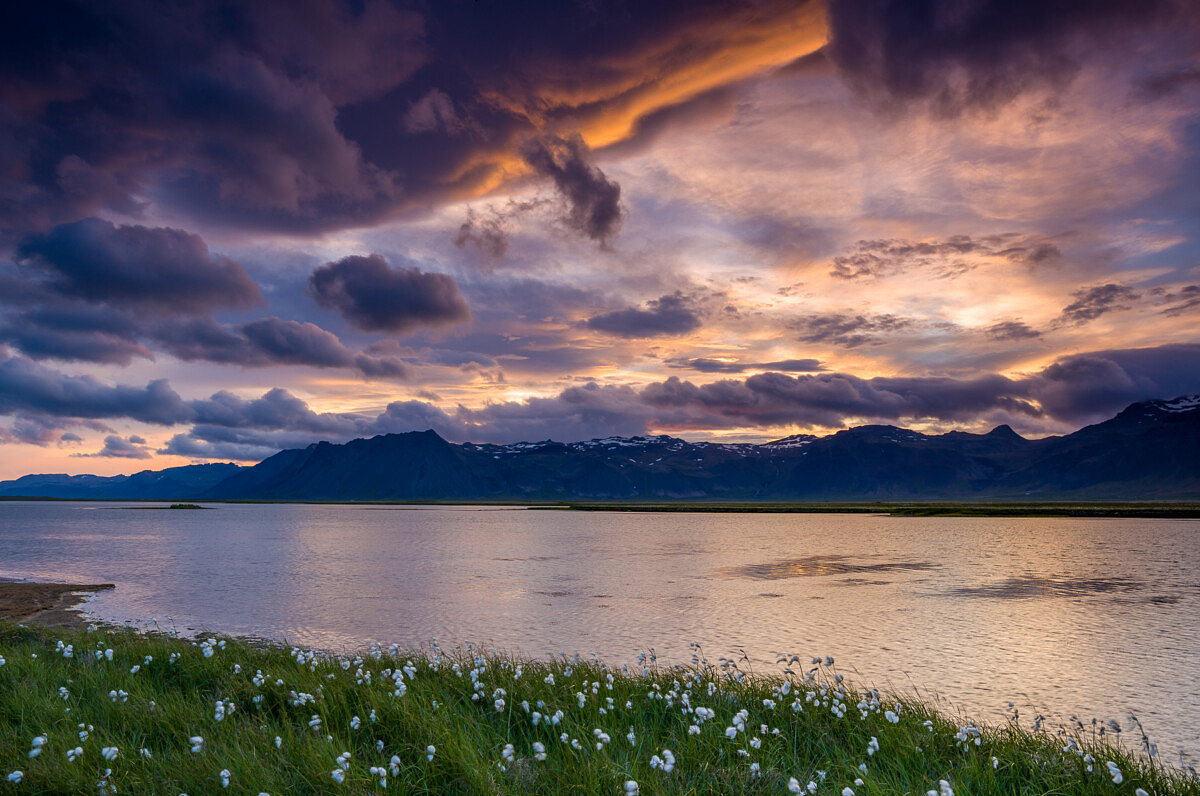
Leica S (Typ 007) with
Elmarit-S 30mm ASPH

Leica S (Typ 007) with
Elmarit-S 30mm ASPH
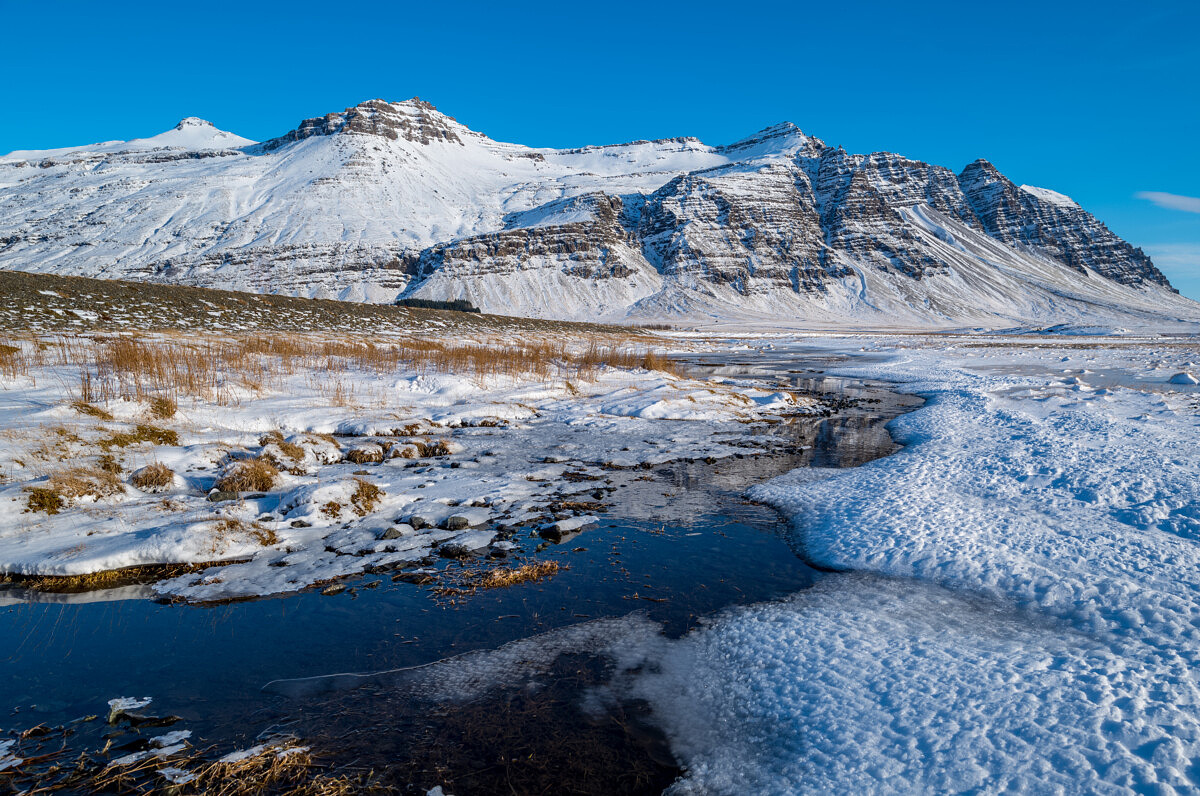
Leica S (Typ 007) with
Elmarit-S 30mm ASPH

Leica S (Typ 007) with
Elmarit-S 30mm ASPH
Summarit-S 35mm f/2.5 ASPH
Equivalent to a 28mm f/2
wide angle
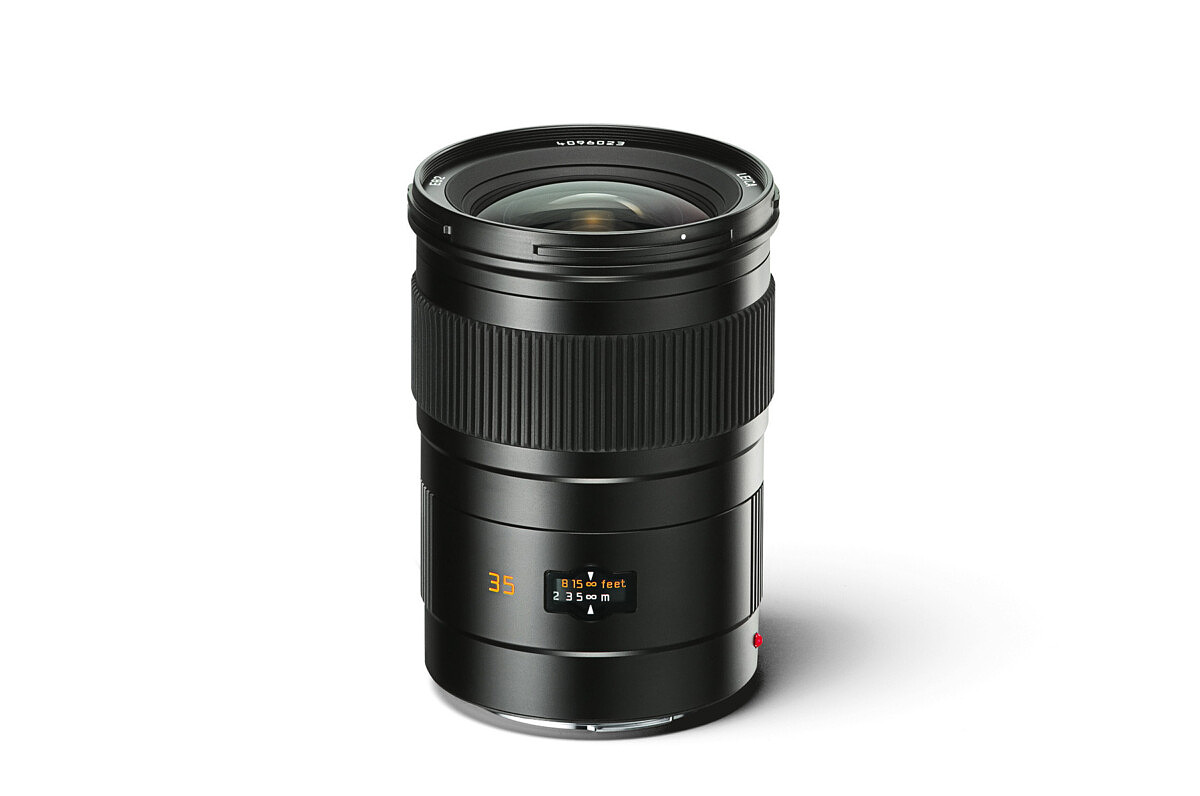
One of the original four
system lenses and the first wide angle to be offered for the S, the 35mmSummarit is also one of the fastest lenses in the system. With a maximum aperture
of f/2.5 and a forgiving 28mm equivalent field of view, the 35mm Summarit-S is
a great choice for low light and street photography. If you enjoy the 28mm lens
on the Q or Q2, you’ll feel right at home with the 35mm Summarit. I also feel
that while similar to the 30mm, the 35mm does have a bit more subtlety and
nuance.

Leica S (Typ 006) with
Summarit-S 35mm f/2.5 ASPH
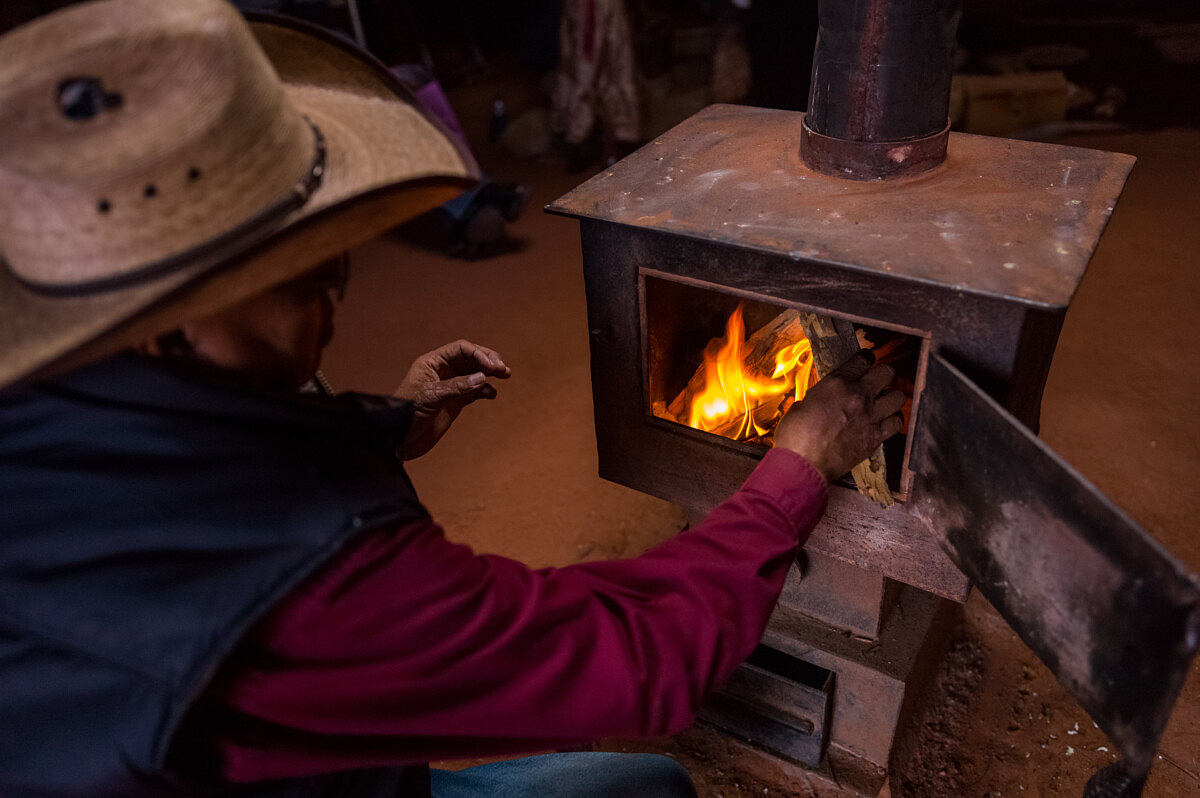
Leica S (Typ 006) with
Summarit-S 35mm f/2.5 ASPH
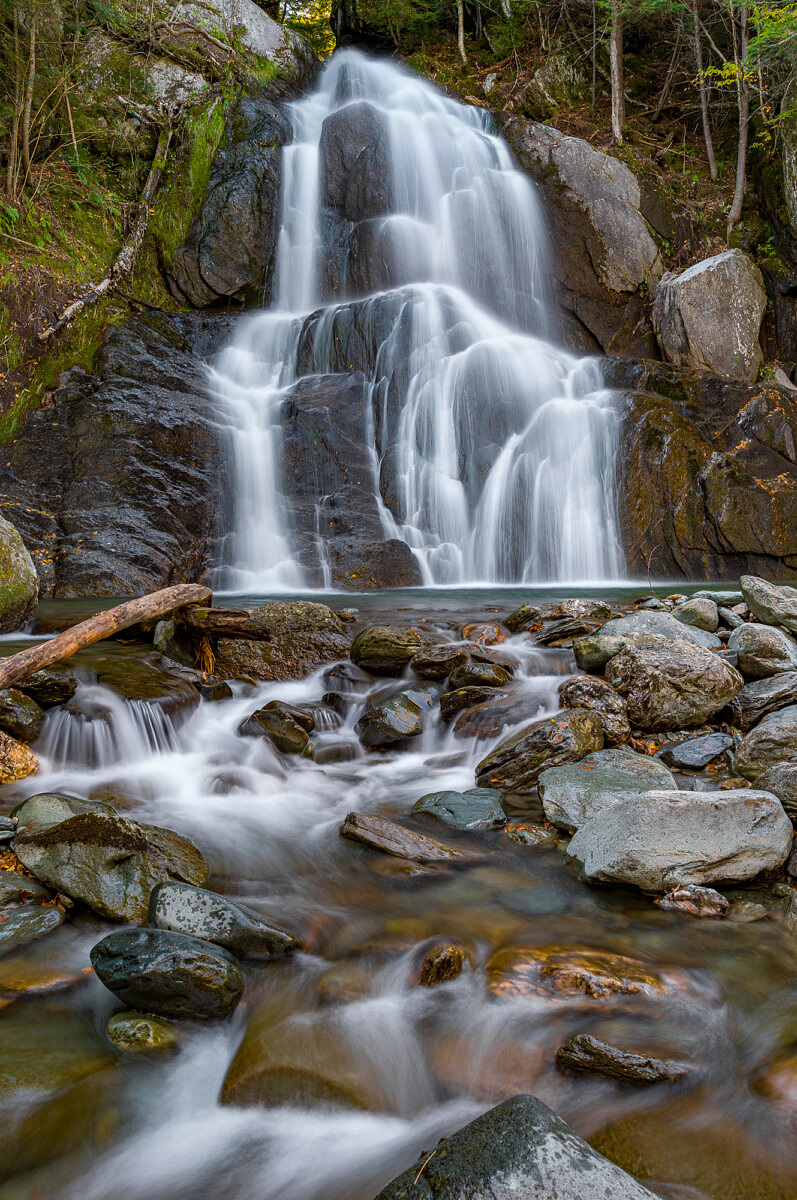
Leica S2 with Summarit-S
35mm f/2.5 ASPH
Elmarit-S 45mm f/2.8 ASPH
Equivalent to a 35mm f2.2
wide normal
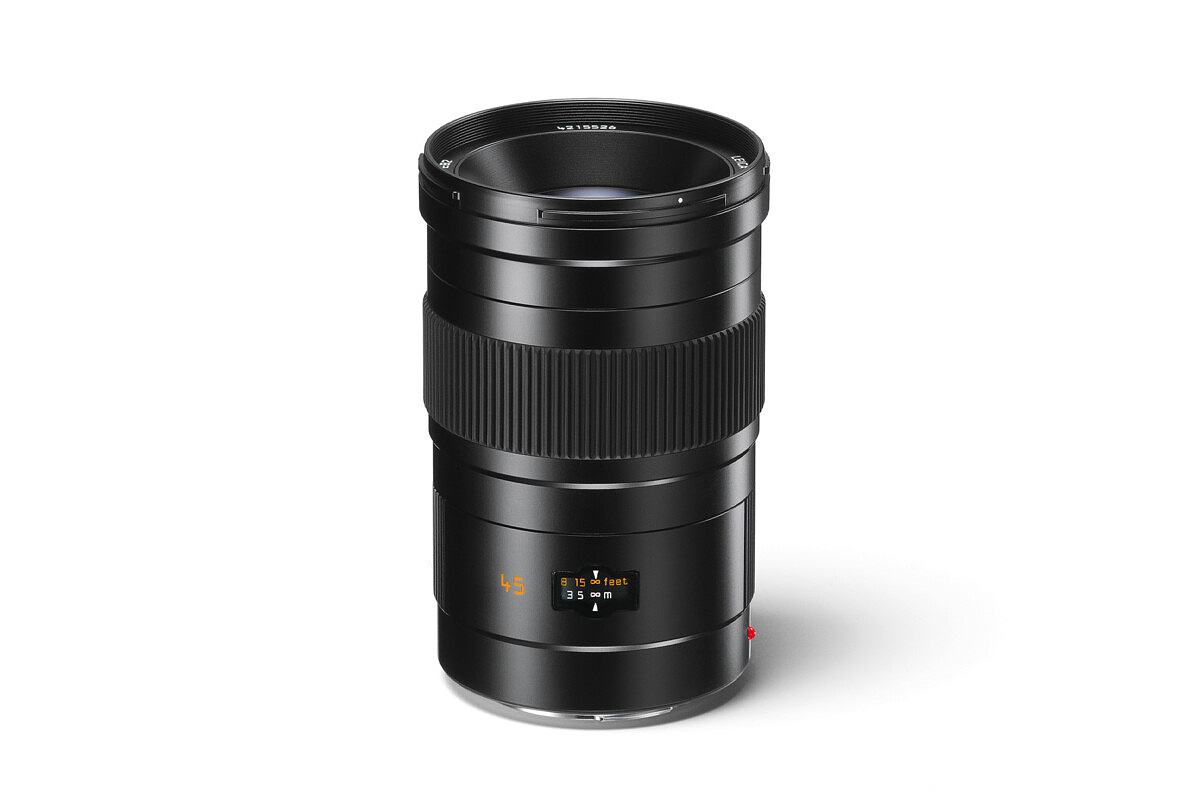
The 45mm Elmarit is
perhaps my favorite and most used lens in the S-System. The equivalent focal
length of 35mm makes it an infinitely useful and flexible tool for walkaround
photography and landscape alike. And while the maximum aperture of f/2.8
appears underwhelming, the resulting images shot wide open have incredible
three dimensionality to them, perfect for environmental portraiture and general
travel usage. And of course, the 45mm Elmarit-S is amazingly competent for
landscape shooting as well, with edge-to-edge sharpness and decent depth of
field when stopped down. Basically, the 45mm is a jack of all trades and master
of all.

Leica S (Typ 007) with
Elmarit-S 45mm f/2.8 ASPH

Leica S (Typ 007) with
Elmarit-S 45mm f/2.8 ASPH
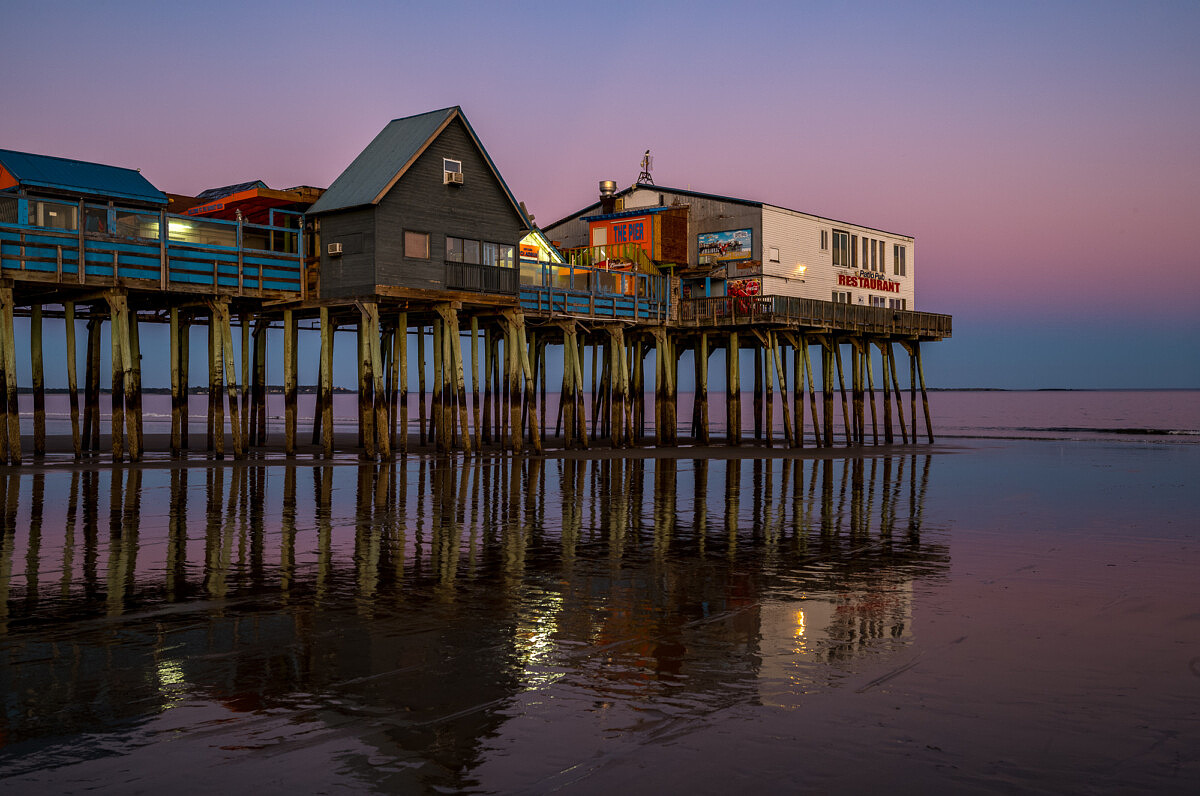
Leica S (Typ 007) with
Elmarit-S 45mm f/2.8 ASPH

Leica S (Typ 007) with
Elmarit-S 45mm f/2.8 ASPH

Leica S (Typ 007) with
Elmarit-S 45mm f/2.8 ASPH
Summarit-S 70mm f/2.5 ASPH
Equivalent to a 50mm f/2
normal
The very first S lens, the
70mm Summarit plays the role of a fast normal lens well. Equivalent to just
longer than 50mm with a maximum aperture of f/2.5, the 70mm is also the
lightest and most compact of all the S lenses. Modeled after the famed 50mm
Summilux-M ASPH, the 70mm offers a very similar rendering to its smaller M
cousin. In-focus areas are crisp and detailed, with backgrounds fading into
smooth bokeh goodness, especially at minimum focus distance. If you prefer a 50
to a 35 as your standard focal length, and appreciate the much smaller overall
package, the 70mm Summarit makes for an unbeatable do-it-all walkaround lens.

Leica S2 with Summarit-S
70mm f/2.5 ASPH

Leica S2 with Summarit-S
70mm f/2.5 ASPH
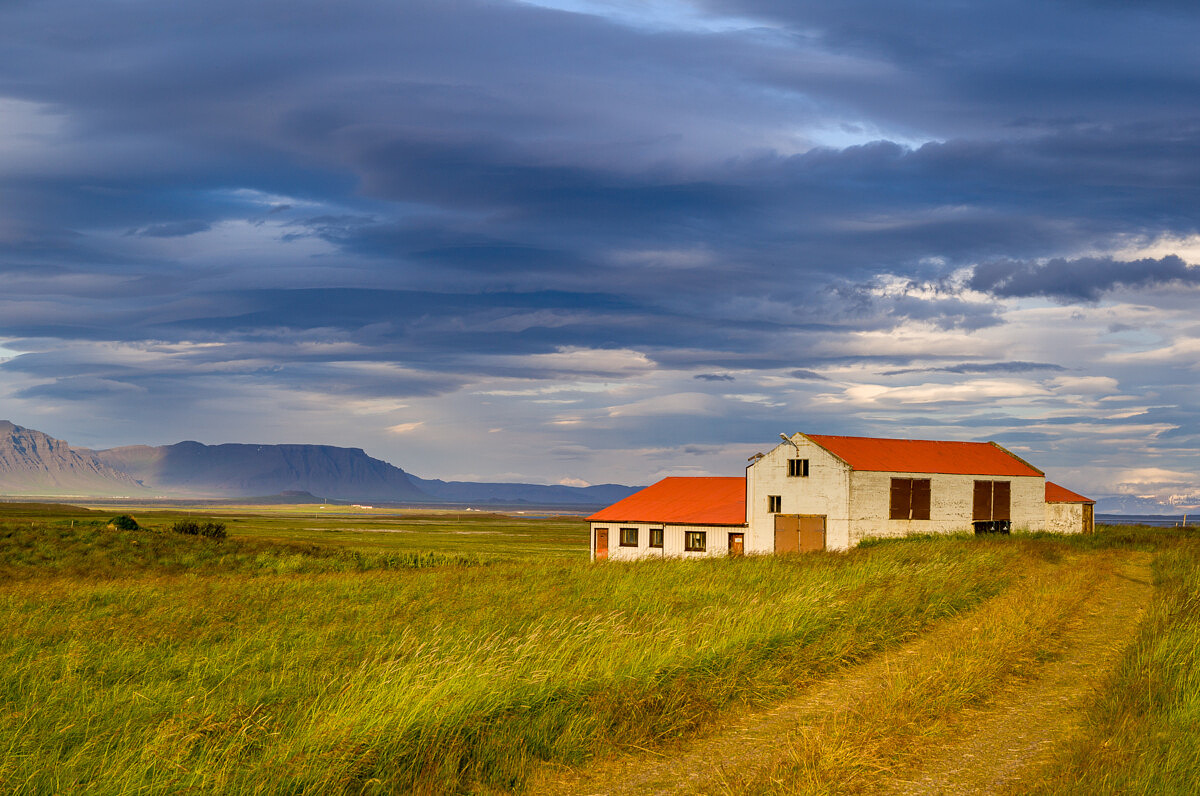
Leica S (Typ 007) with
Summarit-S 70mm f/2.5 ASPH
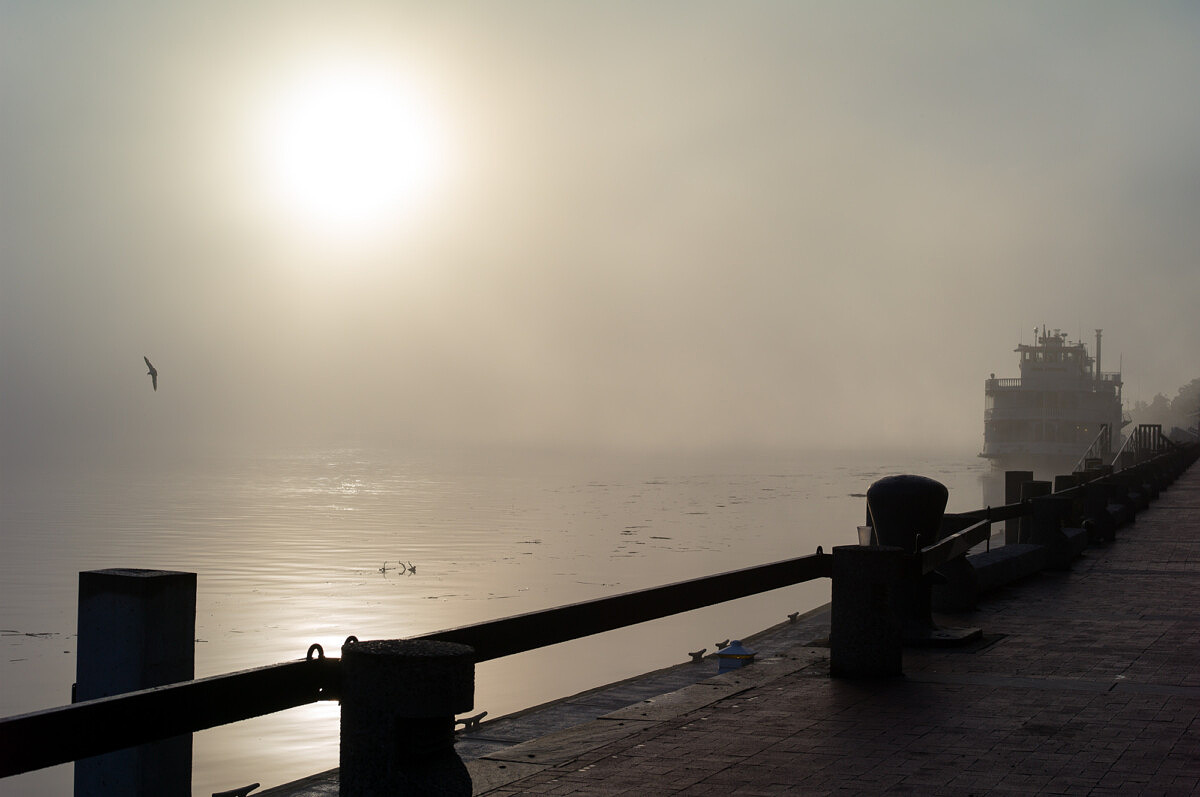
Leica S2 with Summarit-S
70mm f/2.5 ASPH
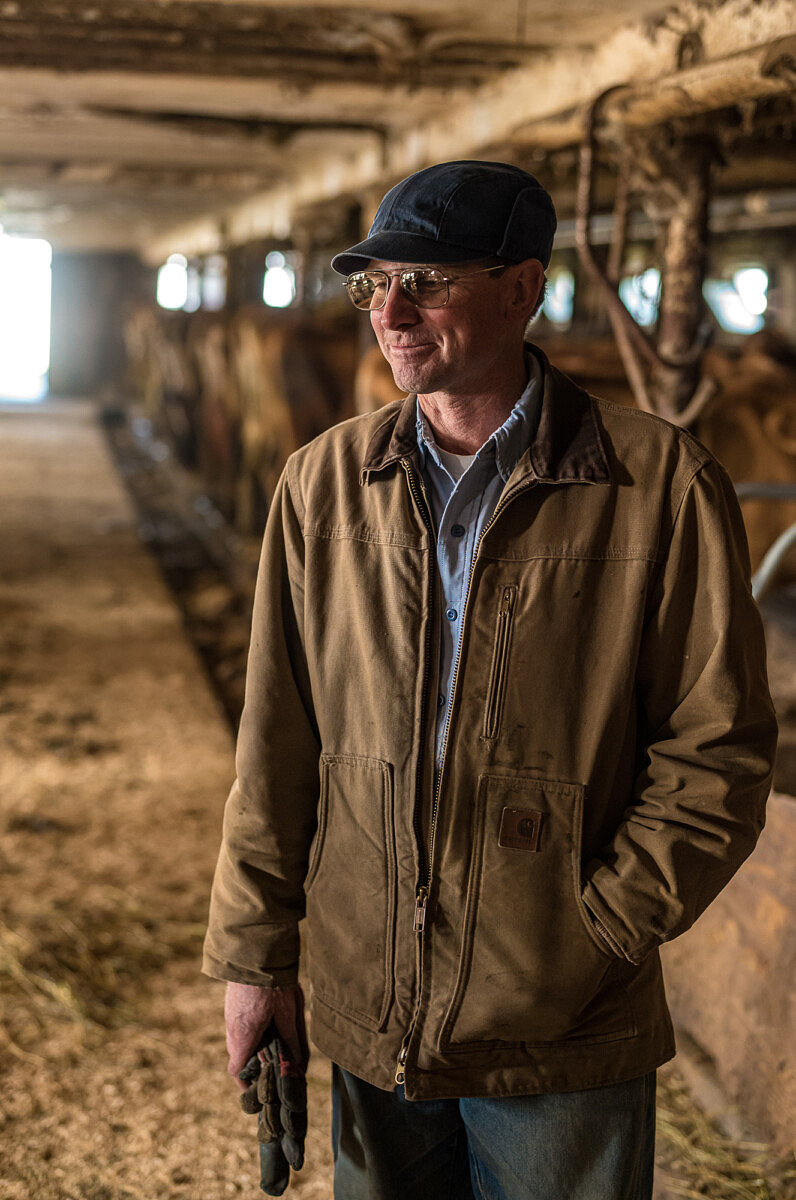
Leica S (Typ 007) with
Summarit-S 70mm f/2.5 ASPH
Summicron-S 100mm f/2 ASPH
Equivalent to a 75/80mm
f/1.5 short telephoto
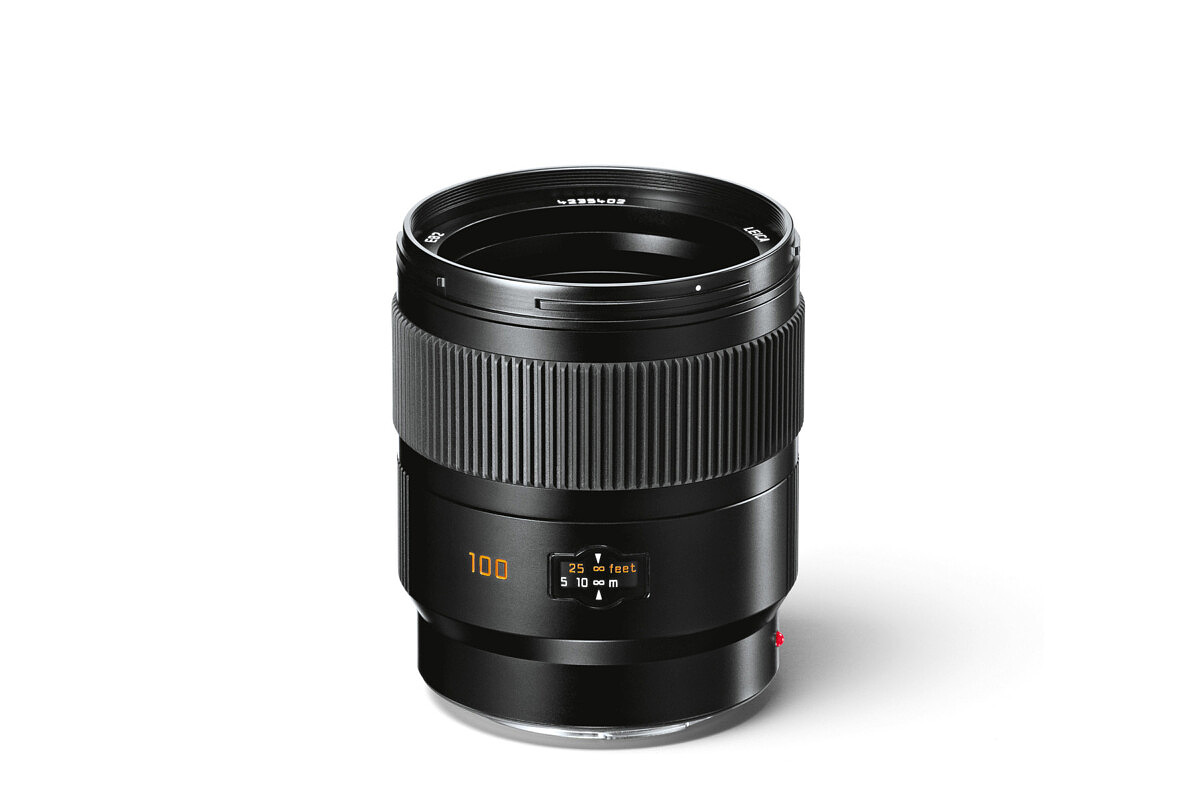
A relative latecomer to
the S lens party, the 100mm Summicron is often referred to as the Noctilux of S
lenses. And for good reason. With an extraordinarily fast f/2 maximum aperture
and longer 80mm equivalent focal length, the Summicron is a portrait master.
The lens has all the dimensionality and bokeh you could ask for. But don’t feel
limited to sticking to portrait sessions. The 100 Cron works equally well for
detailed landscape and travel shooting, pairing well with a 35 or 45 for a
two-lens kit.

Leica S (Typ 007) with
Summicron-S 100mm f/2 ASPH

Leica S (Typ 007) with
Summicron-S 100mm f/2 ASPH

Leica S (Typ 007) with
Summicron-S 100mm f/2 ASPH
APO-Macro-Summarit-S 120mm
f/2.5 ASPH
Equivalent to a 100mm f/2
macro
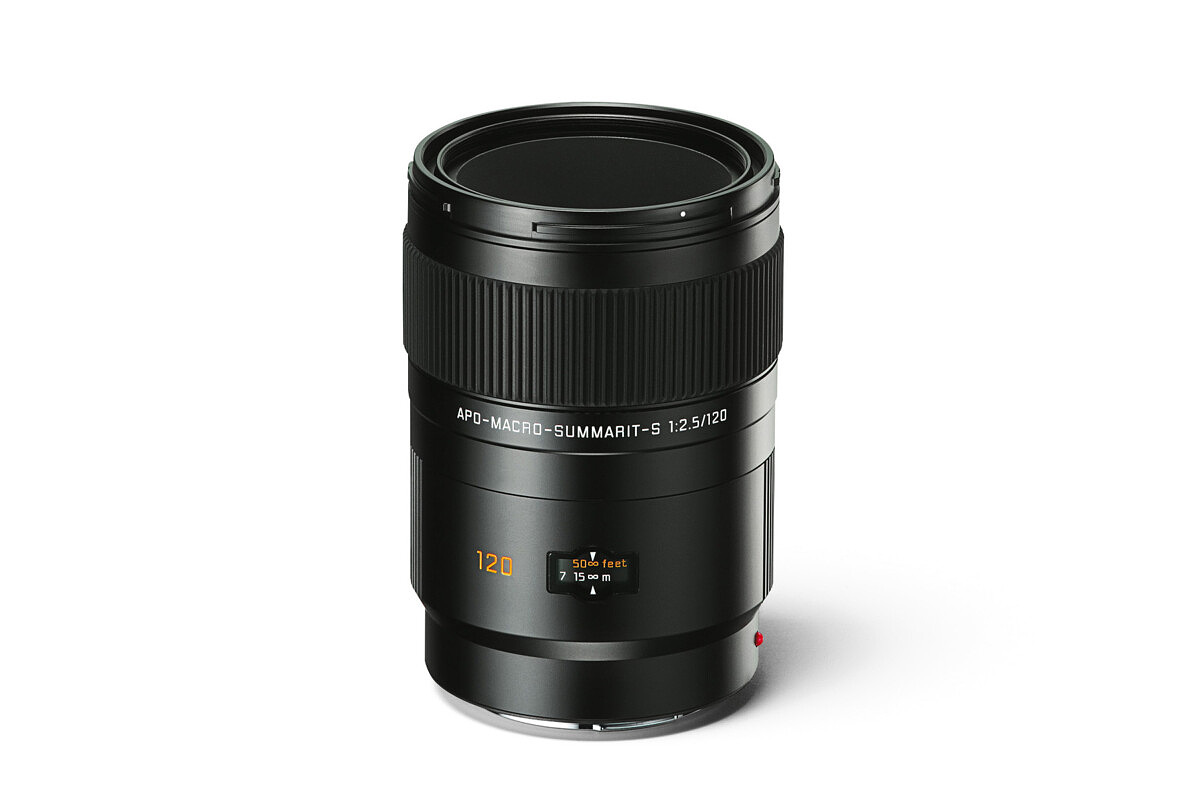
My (other) favorite lens.
Another of the first four main lenses created for the S System, the 120mmAPO-Macro is simply stunning. Roughly equivalent to a 100mm, this one always
finds its way into my camera bag. Astoundingly sharp, even wide open, this lens
pulls triple duty for me. In addition to being an exceptional 1:2 macro lens
for detail work, the floating lens element design affords the same resolving
power at distance as it does in the close range. So, I can easily use the it as
my telephoto on landscape adventures. And when I need it, the 120mm is also a
gorgeous portrait lens, rivaling the results of the more purpose-built 100mm
Summicon above. With a 20% longer focal length and closer minimum focus
distance, the half stop slower f/2.5 maximum aperture still results in
extremely shallow depth of field and luscious bokeh.

Leica S (Typ 007) with
APO-Macro-Summarit-S 120mm f/2.5 ASPH

Leica S (Typ 007) with
APO-Macro-Summarit-S 120mm f/2.5 ASPH

Leica S (Typ 007) with
APO-Macro-Summarit-S 120mm f/2.5 ASPH
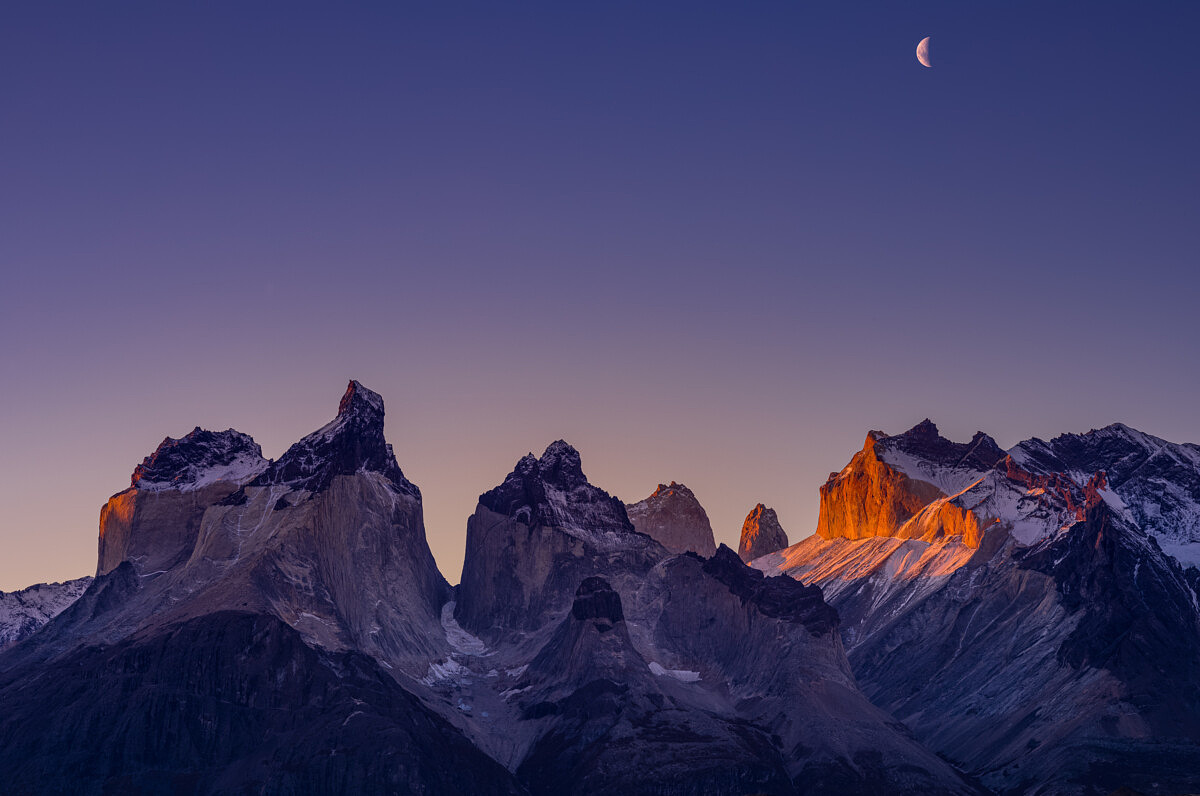
Leica S3 with
APO-Macro-Summarit-S 120mm f/2.5 ASPH
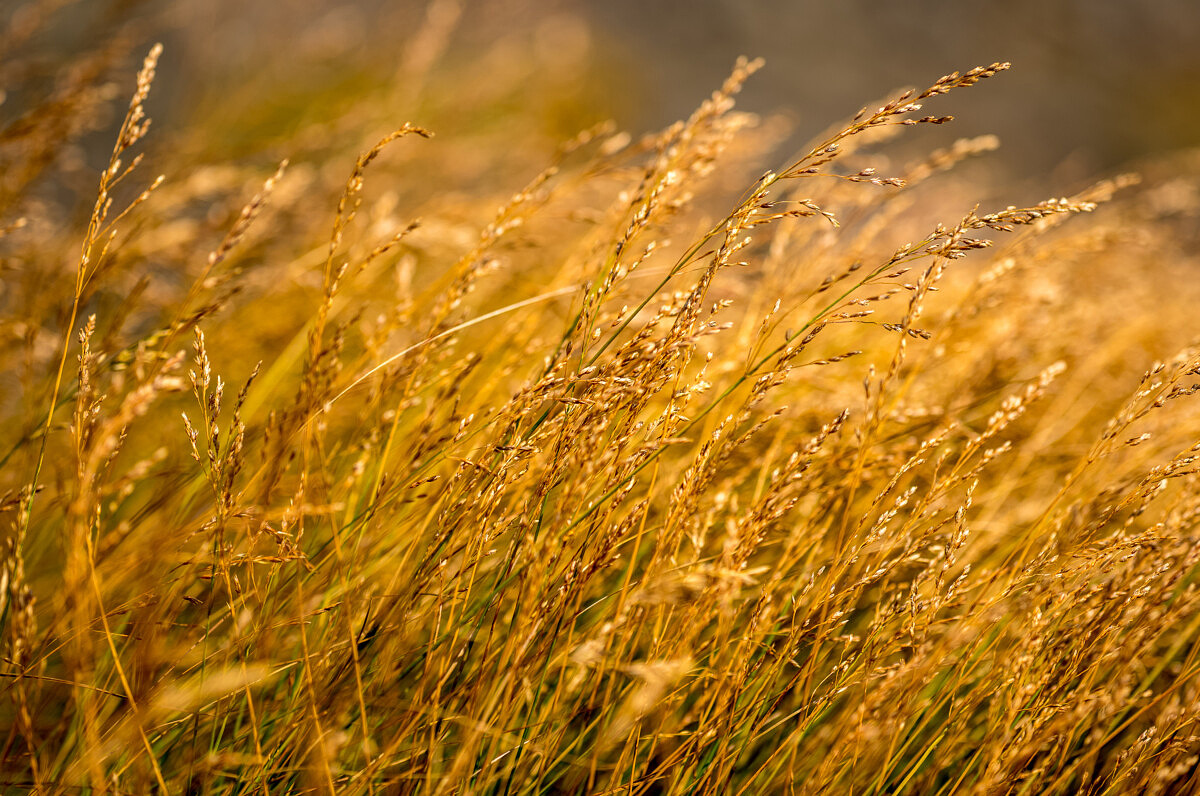
Leica S (Typ 007) with
APO-Macro-Summarit-S 120mm f/2.5 ASPH
APO-Tele-Elmar-S 180mm
f/3.5
Equivalent to a 150mm
f/2.8 telephoto
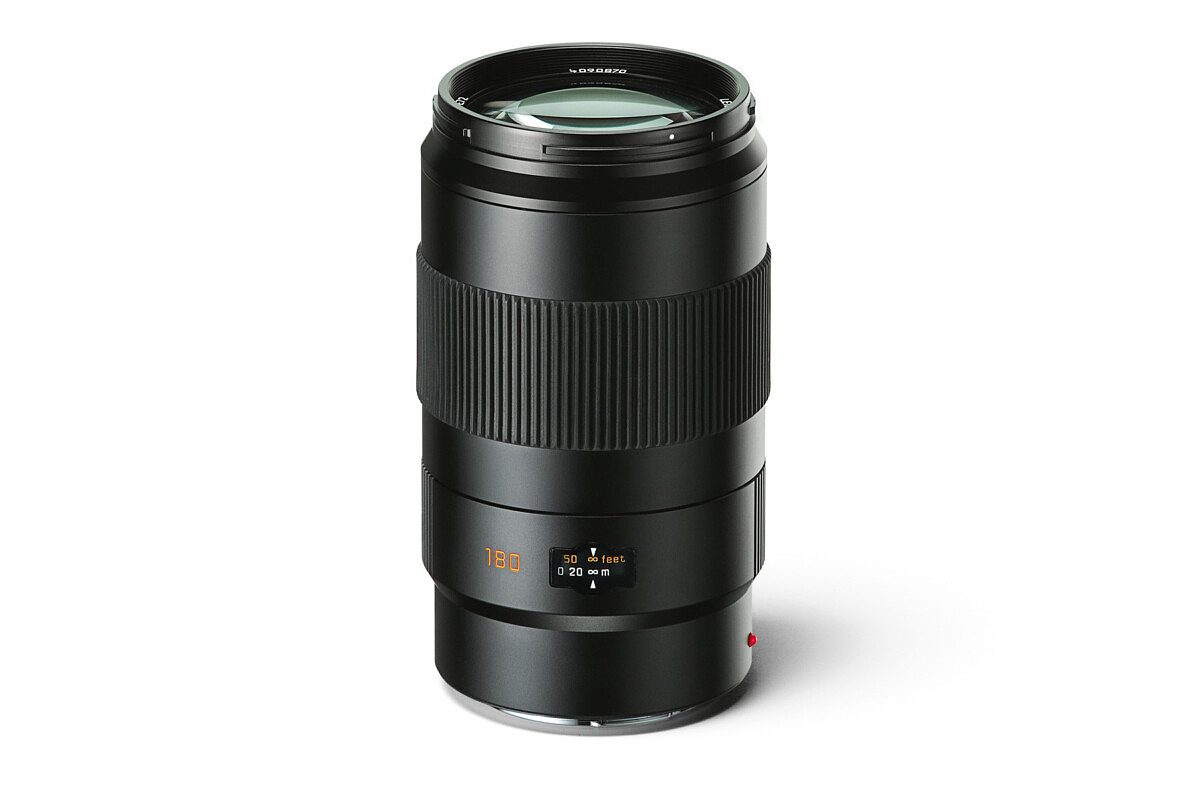
From the first round of
lenses, the 180mm APO-Tele-Elmar still remains one of the best telephotos to
come out of Leica’s optical department. As sharp wide open as it is at f/8 and
fully apochromatically corrected, the 180mm has no deficiencies. In order to
keep the size and weight down, a maximum aperture of f/3.5 was chosen, which is
still plenty fast for hand-held shooting. The 180mm APO-Tele-Elmar can work as
a longer portrait lens, for product photography or landscape – basically
anywhere you’re looking to maximize the compression of a telephoto.
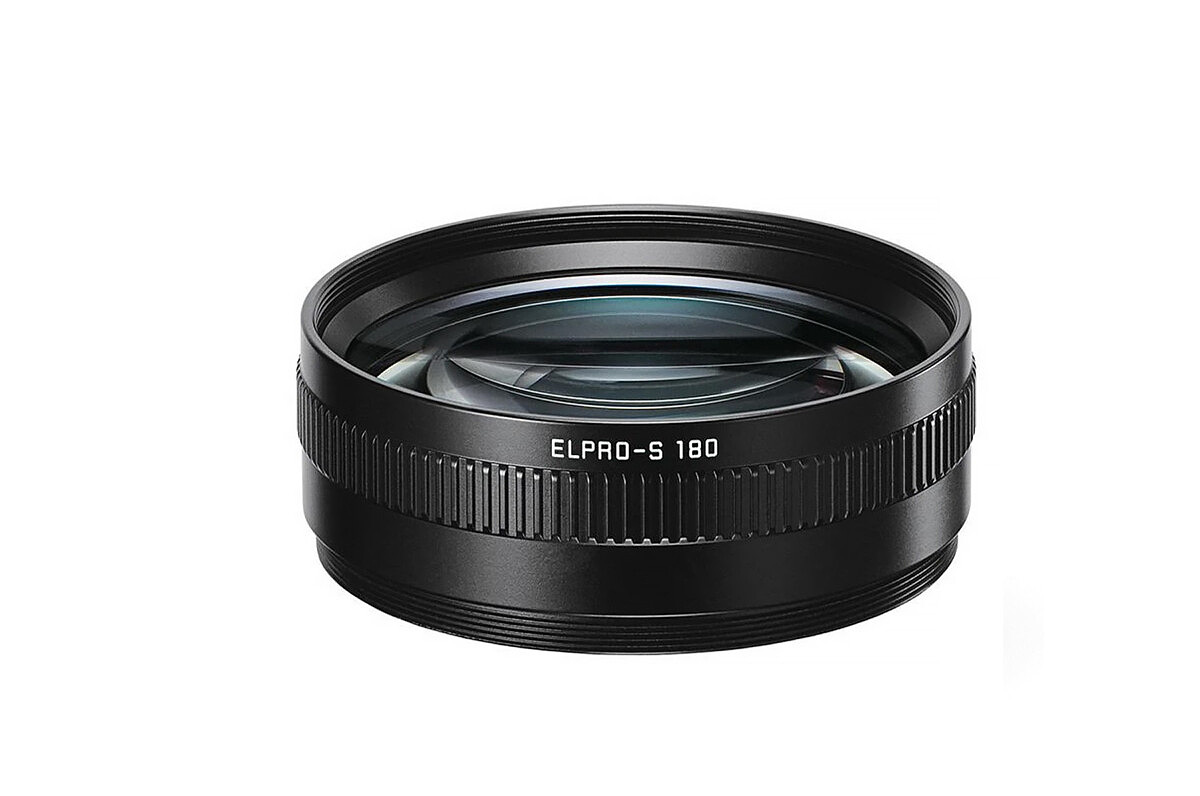
To get some extra
flexibility out of the 180mm, you can attach the screw-on ELPRO-S 180mm Close
Focus Adapter, which shortens the working range to 1.1 – 2.7m. There’s no light
loss like you’d have with an extension tube and optical quality isn’t
sacrificed. And while it will physically fit on the same 72mm filter thread,
the ELPRO-S is ineffective on the 120mm APO-Macro. We tried.

Leica S (Typ 007) with
APO-Elmar-S 180mm f/3.5
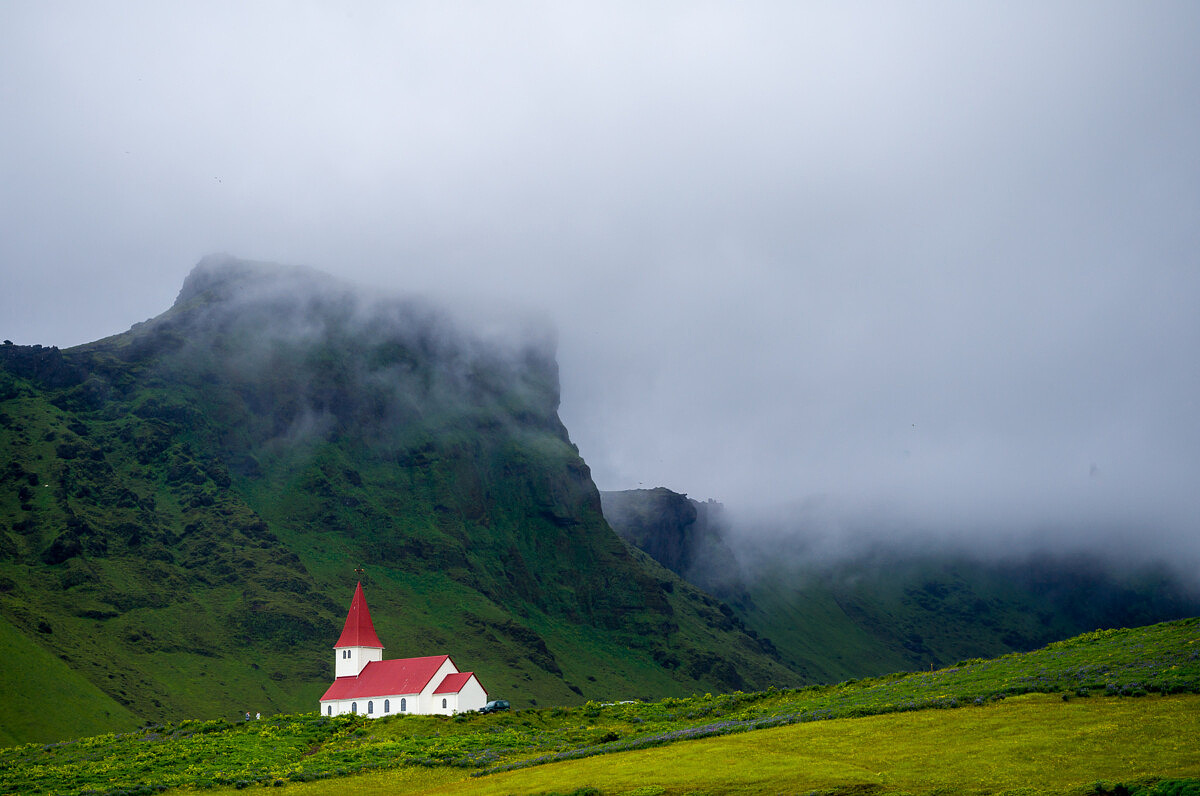
Leica S (Typ 007) with
APO-Elmar-S 180mm f/3.5
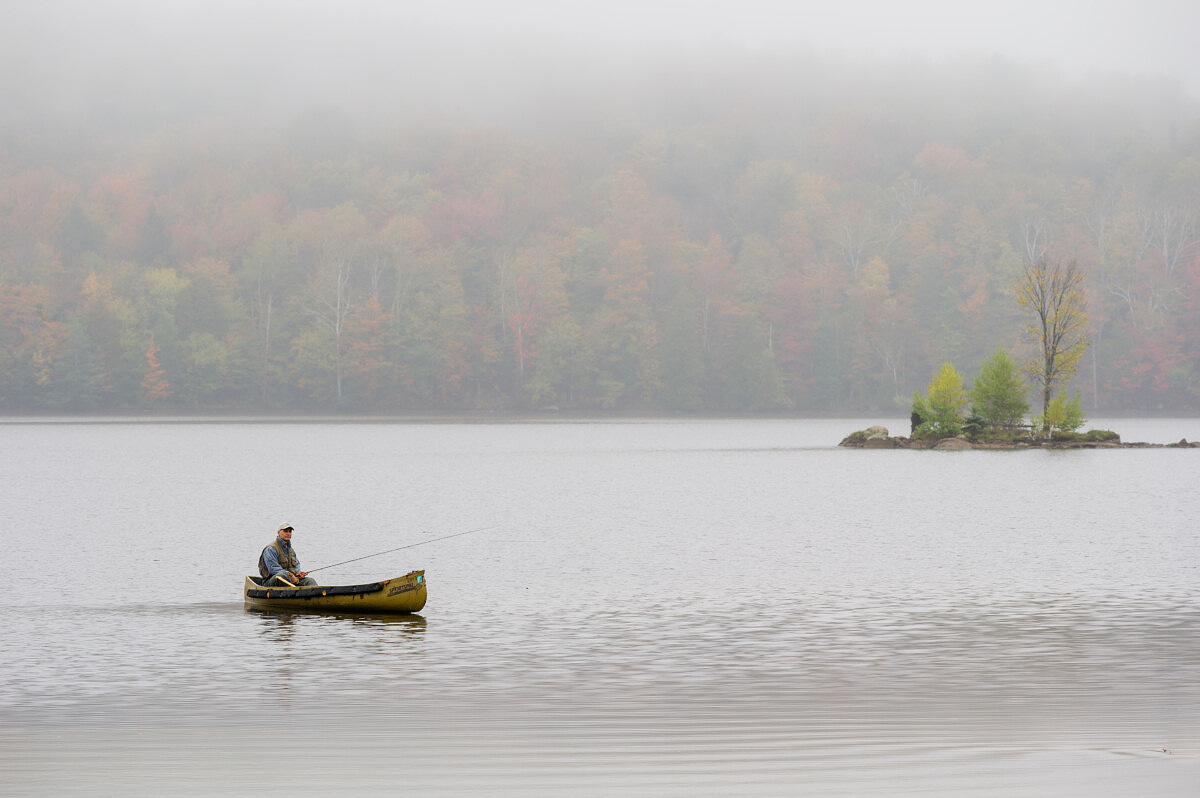
Leica S2 with APO-Elmar-S
180mm f/3.5
Vario-Elmar-S 30-90mm
f/3.5-5.6 ASPH
Equivalent to a 24-70mm
f2.8-4.5 standard zoom
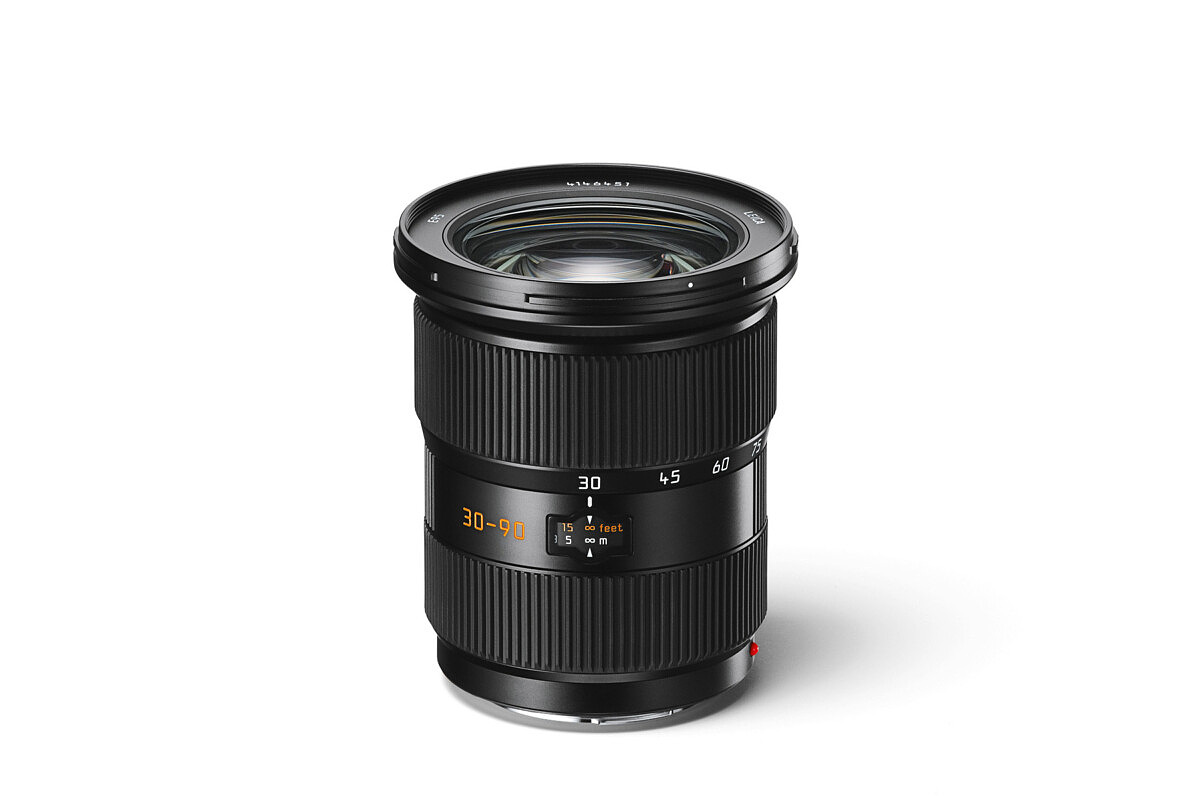
Corresponding to the most
commonly used zoom range on full frame, the 30-90mm Vario-Elmar can indeed
offer a one-camera-one-lens solution for the S photographer. It’s a big lens,
with a 95mm front filter diameter, and definitely a solid piece of glass at 1.2
kg (2.8 lbs). But if that one zoom can replace two or three single prime
lenses, there is an obvious net weight and space savings in your bag. While I
personally prefer the faster prime lenses for my own shooting, I have used the
30-90mm on various outings and was very pleased with the results. Here, the
choice between a zoom and a few primes is a personal one.

Leica S (Typ 006) with
Vario-Elmar-S 30-90mm f/3.5-5.6 ASPH

Leica S (Typ 006) with
Vario-Elmar-S 30-90mm f/3.5-5.6 ASPH

Leica S (Typ 006) with
Vario-Elmar-S 30-90mm f/3.5-5.6 ASPH
CS Versions
Leica engineered the
S-System from the outset as a dual shutter camera. Especially for medium
format, each kind of shutter mechanism has its mix of advantages and
disadvantages. A focal plane shutter resides in the camera body and moves as a
vertical curtain in front of the sensor. This kind of shutter can achieve
faster shutter speeds but has a slow flash sync. On the Leica S, the maximum
shutter speed is 1/4000th yet the flash sync is just 1/125th. This is due to
the larger area of the sensor and the corresponding 25% greater linear distance
to travel versus a full frame camera.
Here’s a shot taken in
daylight with strobe, but limited to 1/125th sync speed. Due to the relatively
slow shutter speed, I had to stop down to f/8 at base ISO just to get a proper
exposure. This resulted in more depth of field than I wanted, with a slightly
busy background and a somewhat flat rendering of our subject, even using the
awesome 120mm APO-Macro.
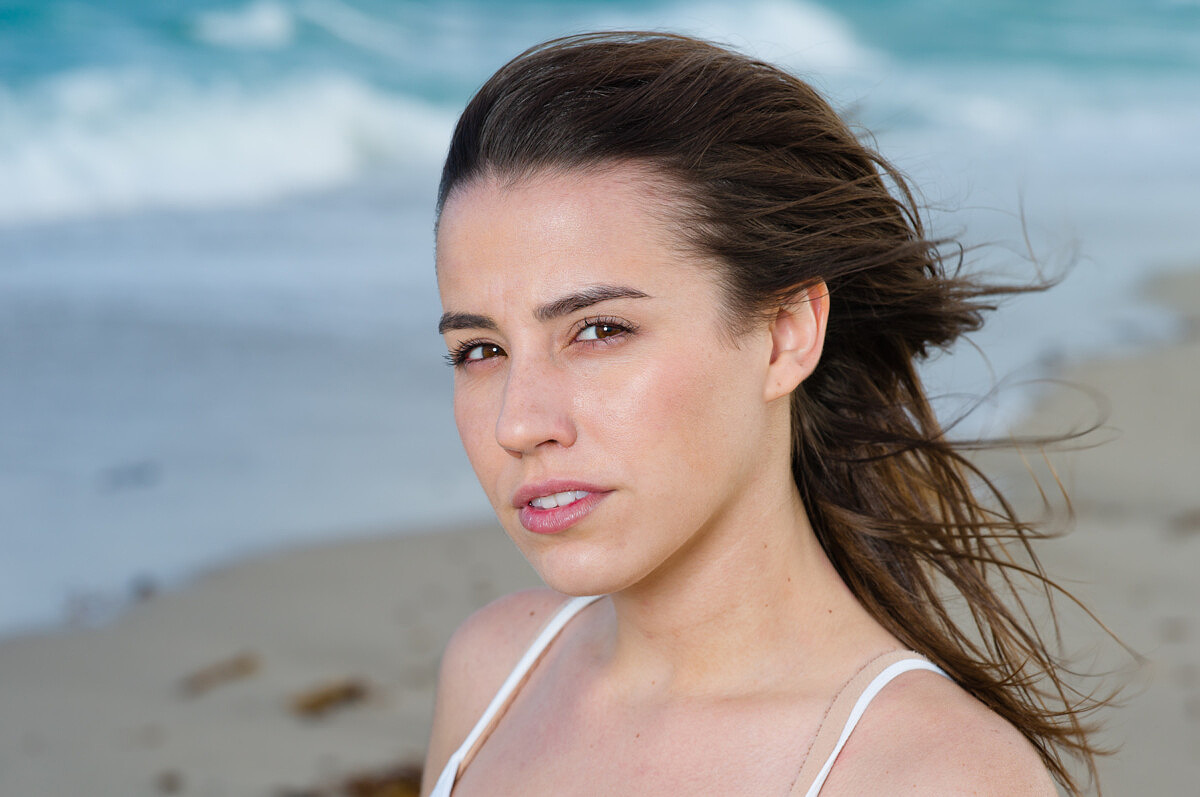
Shot at 1/125th (focal
plane shutter) @ f/8, strobe
A central shutter,
commonly referred to as a leaf shutter, operates in the lens, not the camera
body. Instead of a curtain that moves vertically over the sensor, a central
shutter is circular, like an aperture. It closes from the outside in. And while
a central shutter can’t achieve the top speed of a focal plane shutter, it does
offer flash sync at all speeds up to its maximum speed. On the Leica CS lenses,
that’s 1/1000th of a second.
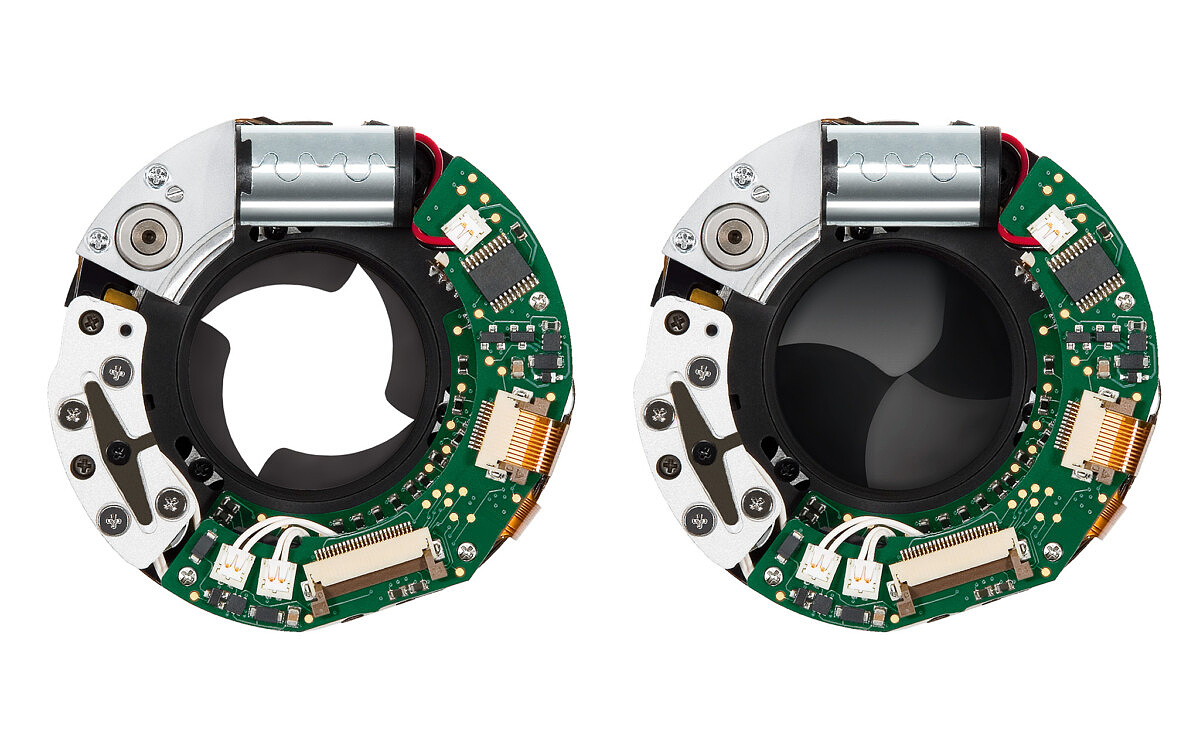
Leica central shutter
mechanism mostly open (left) and fully closed (right)
What’s great about the S
is that with a CS lens mounted, the photographer can choose to use FPS for wide
open available light shooting in daylight, or CS to sync with strobes.
Competing systems usually offer just one shutter type.
Here’s the same shot as the
previous example, but this time shot wider-open due to the higher sync speed of
the central shutter. We’ve now got a much more dynamic image, with a more
pleasing rendering of the subject and a less distracting background. The 120mm
APO-Macro just sings here.
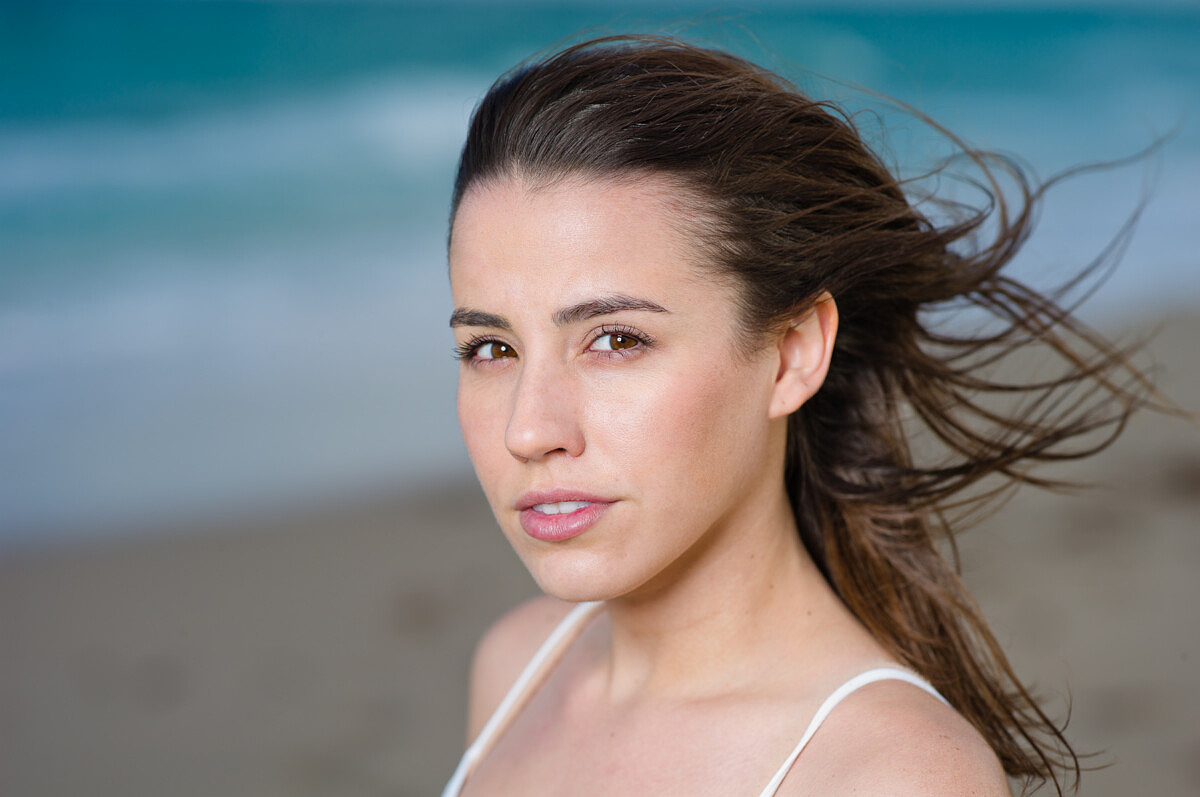
Shot at 1/500th (central
shutter) @ f/4, strobe
Two important things to
note. The first is that while a super fast sync speed sounds impressive, most
photographers don’t really need this feature. Unless you are shooting in
daylight and using battery-powered studio lighting to overpower the sun on
location, you don’t need a 1/1000th of a second sync speed. Secondly, only CS
lenses have this additional functionality, with six out of nine offering the
option. Here’s a rundown of lenses with a CS version:
- 30mm Elmarit-S ASPH CS
- 35mm Summarit-S ASPH CS
- 45mm Elmarit-S ASPH CS
- 70mm Summarit-S ASPH CS
- 120mm APO-Macro-Summarit-SASPH CS
- 180mm APO-Tele-Elmar-S CS
Notably, the 24mm, 100mm
and 30-90mm zoom aren’t on the list, as the lens designs can’t accommodate the
CS mechanism.
A Word about Filter Sizes
Since Leica designed the
S-System from the ground up, they had no pre-existing size constraints. And
while the lenses are large, they’re not unwieldy. The design team did an
outstanding job balancing handling and haptics with optical and mechanical
engineering requirements. And along those lines, they wanted to maintain some
consistency with regards to filter sizes.
Most of the lenses in the
S lineup feature 82mm front filter threads, which were then carried forward to
the SL zooms. Just a tad larger than the common 77mm size, E82 still fits
within the standard range of available off-the-shelf filters and allows for
easy use with square filter holder systems as well. There are a few outliers
though. The two longest tele lenses (120 and 180) have a smaller 72mm thread
and the 24 and 30-90 max out at 95mm. Thankfully, 95mm is still a ‘normal’
filter size, but it’s at the upper end of the spectrum for sure.
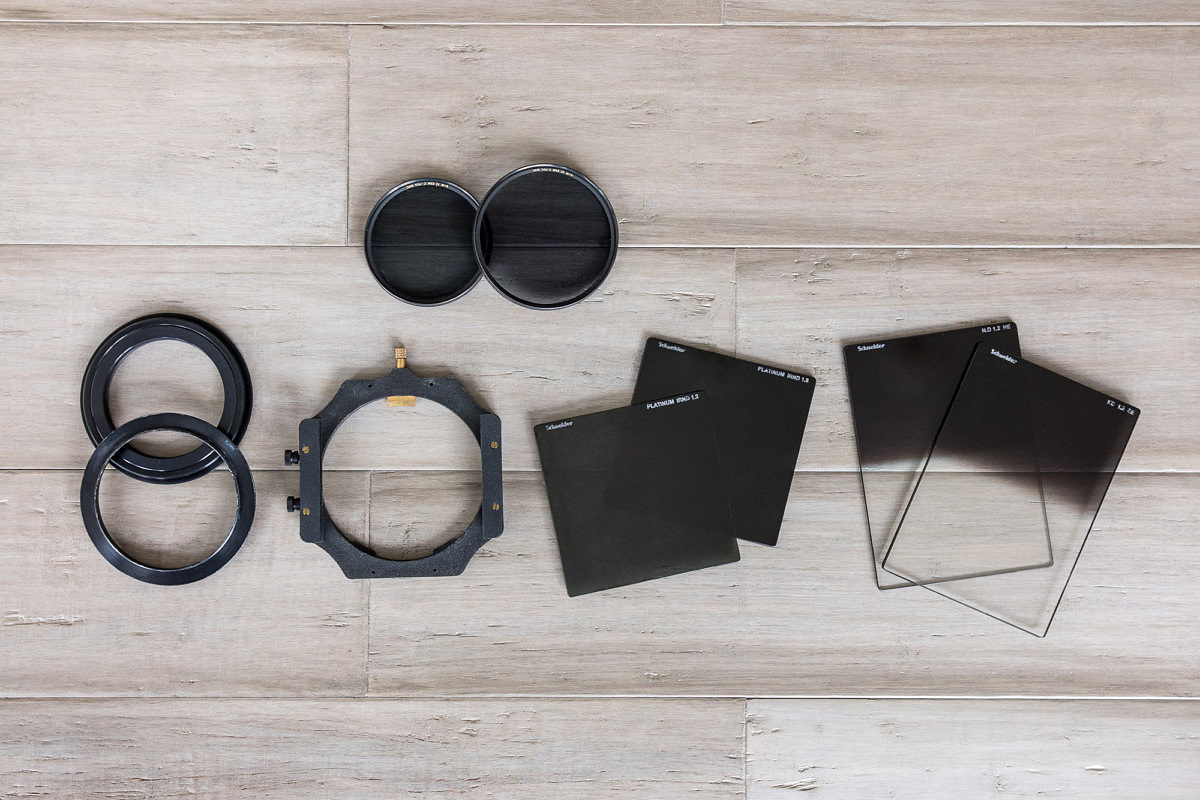
My full filter kit to
cover both 72 and 82mm
Due to the much wider
field of view, you need to exercise caution when mounting filters and filter
holders on the 24mm Super-Elmar. Thicker filter rings can lead to noticeable
vignetting, and you’ll probably want to avoid circular polarizers as the
results can be inconsistent, with some areas polarized and others not. This
isn’t a result of bad lens design, just a function of the physics behind
polarization angles. At the widest setting, the 30-90mm Vario-Elmar can also
pick up some vignetting from filter rings. My best advice in both these cases
is to use the slim or wide-angle versions of filters, and you should be in good
shape.
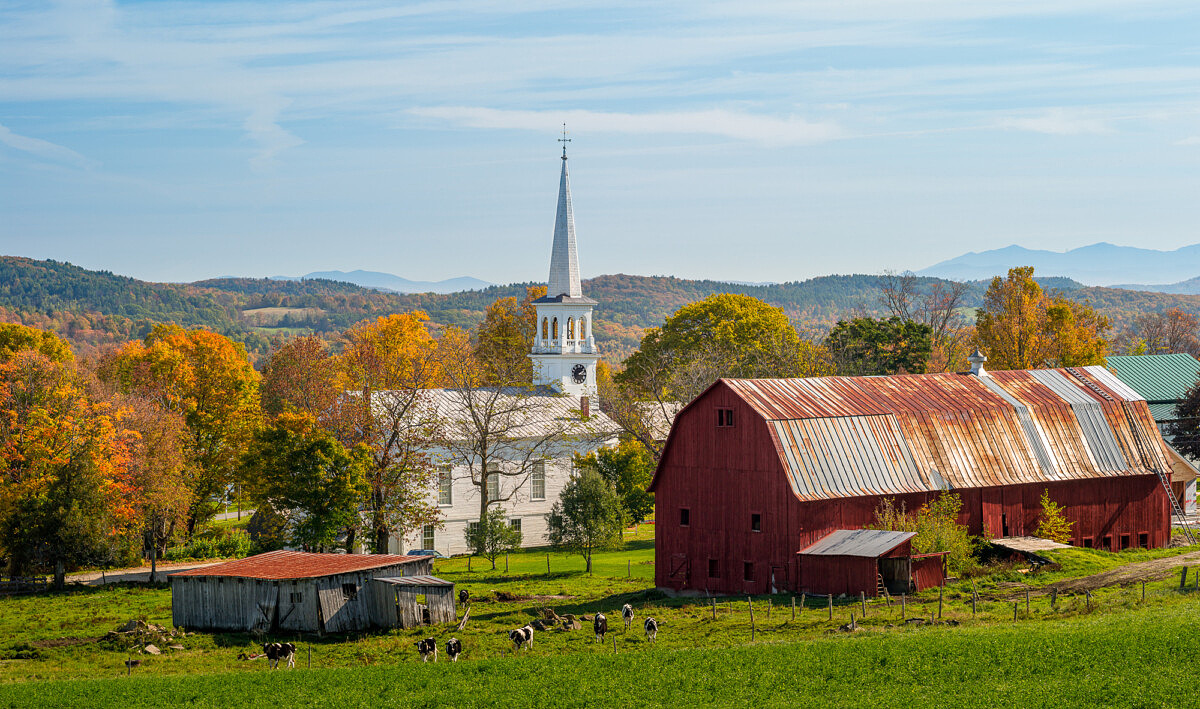
Leica S2 with
APO-Macro-Summarit-S 120mm f/2.5 ASPH
One final cautionary note
is that the 120mm APO-Macro has a somewhat quirky filter design. First, in
addition to the correct 72mm filter threading on the front of the lens, there
is also an 82mm filter thread on the outer barrel. Because the lens is not internal
focusing, the inner barrel moves inside the wider outer part at infinity and
past it for closer focus. This causes two issues. If you want to use a 4″
filter holder, you will need to add a spacer ring in order to achieve infinity
focus. I typically take a cheap no-name 72mm filter and knock out the glass.
The other concern is that if you make the mistake of mounting an 82mm filter on
the outer barrel and go to focus, you might end up with a bit a of mess, with
the inner part smashing through the filter.
Adapters for non-Leica
glass
I’d like to stick to
native S lenses for this article but will mention that Leica does make some
adapters if you want to fill in your kit with some non-Leica options. When
evaluating choices here, the same math applies with regards to equivalent focal
length and aperture. If you use a Pentax 6×7 105mm f/2.4 on the S, it remains a
105mm with an equivalent field of view of 80mm (remember our 0.8x lens factor).
But, natively on 6×7, a 105mm would be roughly equivalent to a 50mm in
full-frame terms. The focal length never changes, just the equivalence when
used on different format sizes.
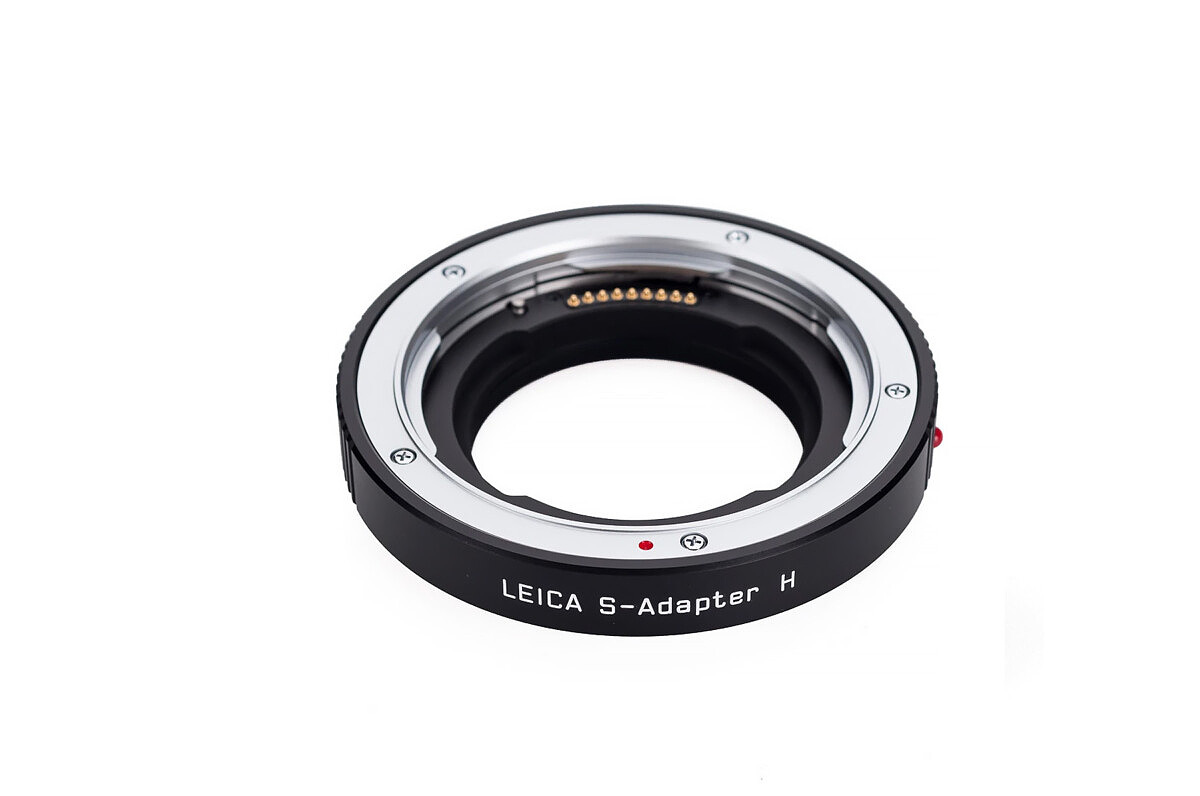
If you’re after autofocus
and auto aperture capability, both the S-Adapter C for Contax 645 and S-AdapterH for Hasselblad HC and HCD lenses will work well. AF performance won’t be up
to native standards when it comes to speed, but should be accurate,
nonetheless. On the Hasselblad adapter, you’ll also gain central shutter
functionality using the FPS/CS switch on the back of the S, up to the lens’
maximum of 1/800th.
The S-Adapter V forHasselblad CF and FE, the S-Adapter P67 for Pentax 6×7 and the S-Adapter M645for Mamiya 645 are all purely manual affairs. They couple the lens and the
camera together but focusing and aperture control are up to the user. If you’re
planning on going the manual focus route, I’d highly recommend swapping out the
standard center cross focusing screen with the microprism one as it will
greatly improve your ability to accurately find focus.
No More Broken Focus
Motors
Several years back, focus
motors in S lenses started to fail. Over the ensuing months, more and more
lenses exhibited the issue. Thankfully, Leica identified the problem and issueda recall for all S lenses once they were able to re-engineer a gearing
mechanism that didn’t fatigue over time. And while most used lenses and all new
lenses in circulation today have the new part, you need to be very careful when
shopping for used S lenses. Always verify that the focus motor has been
replaced with the updated version.
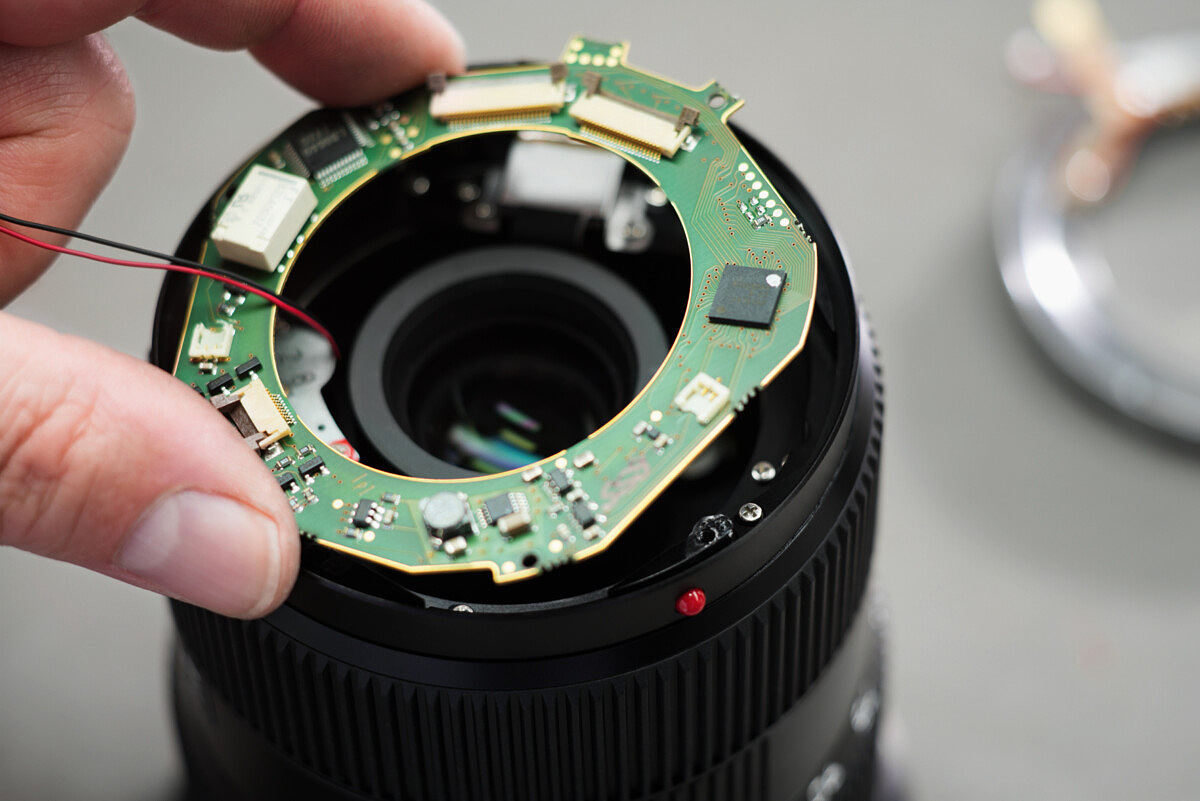
Final Thoughts
With the launch of the S3,
Leica has breathed new life into the S-System. The new camera will find its way
into photographers’ hands while used S006 and S007 bodies will start to surface
at even more attractive pricing. And all those cameras will need lenses.
Fortunately, the S lineup offers some truly stunning optics. Hopefully, this
little guide will help you on your hunt for the right lens setup.

For other articles on this blog please click on Blog Archive in the column to the right
To comment or to read comments please scroll past the ads below.
All ads present items of interest to Leica owners.
_______________________________________________________________________
For other articles on this blog please click on Blog Archive in the column to the right
To comment or to read comments please scroll past the ads below.
All ads present items of interest to Leica owners.
_______________________________________________________________________
 Buy vintage Leica cameras from
America's premier Leica specialist
Buy vintage Leica cameras from
America's premier Leica specialist
Buy vintage Leica cameras from
America's premier Leica specialist
Click on image to enlarge
Order: info@gmpphoto.com
Please make payment via PayPal to GMP Photography
Click on image to enlarge
Order: info@gmpphoto.com
Click on image to enlarge
Order: info@gmpphoto.com
Click on image to enlarge
Order: info@gmpphoto.com
Please make payment via PayPal to GMP Photography
Click on image to enlarge
Order: info@gmpphoto.com
Please make payment via PayPal to GMP Photography
Click on image to enlarge
Order: info@gmpphoto.com
Please make payment via PayPal to GMP Photography












No comments:
Post a Comment